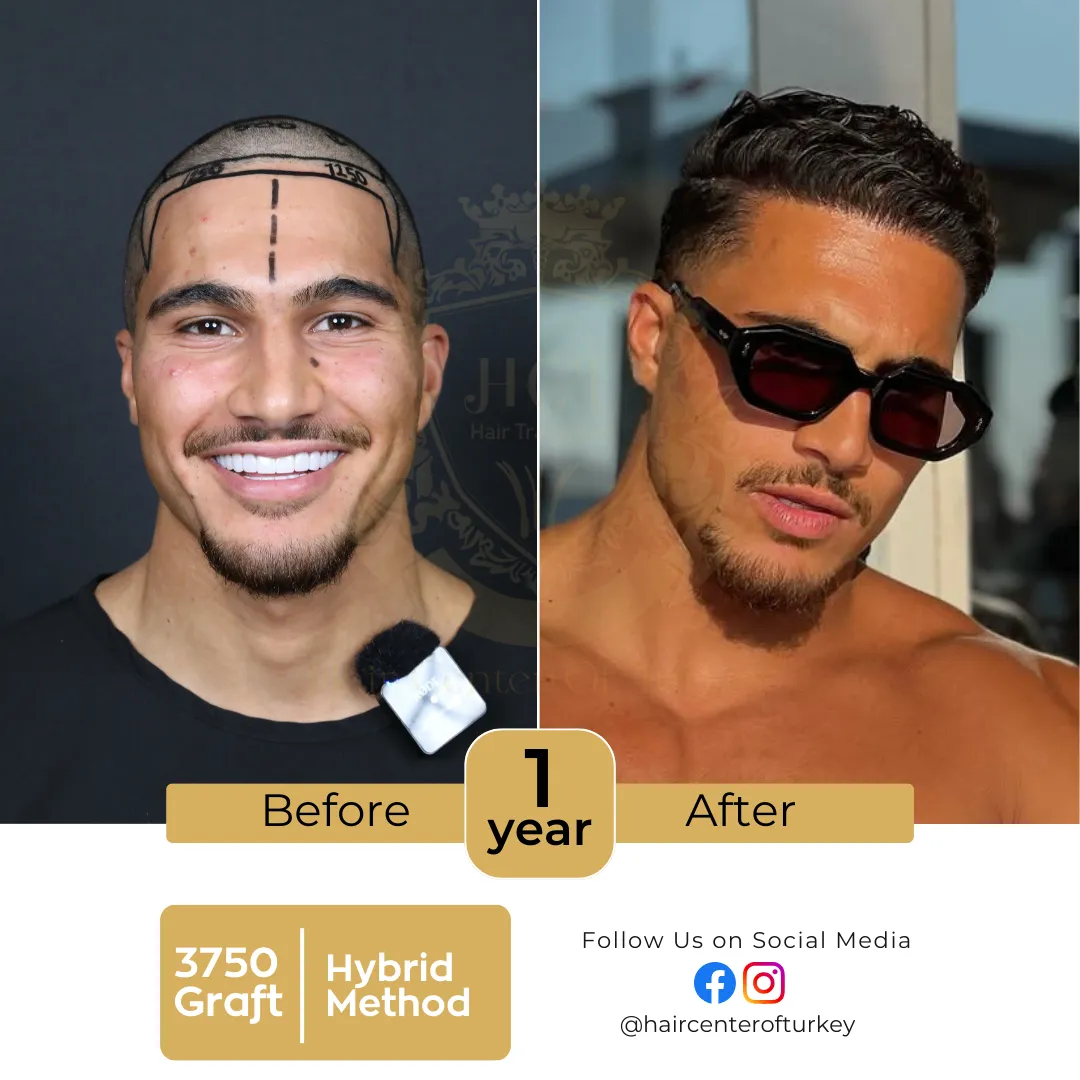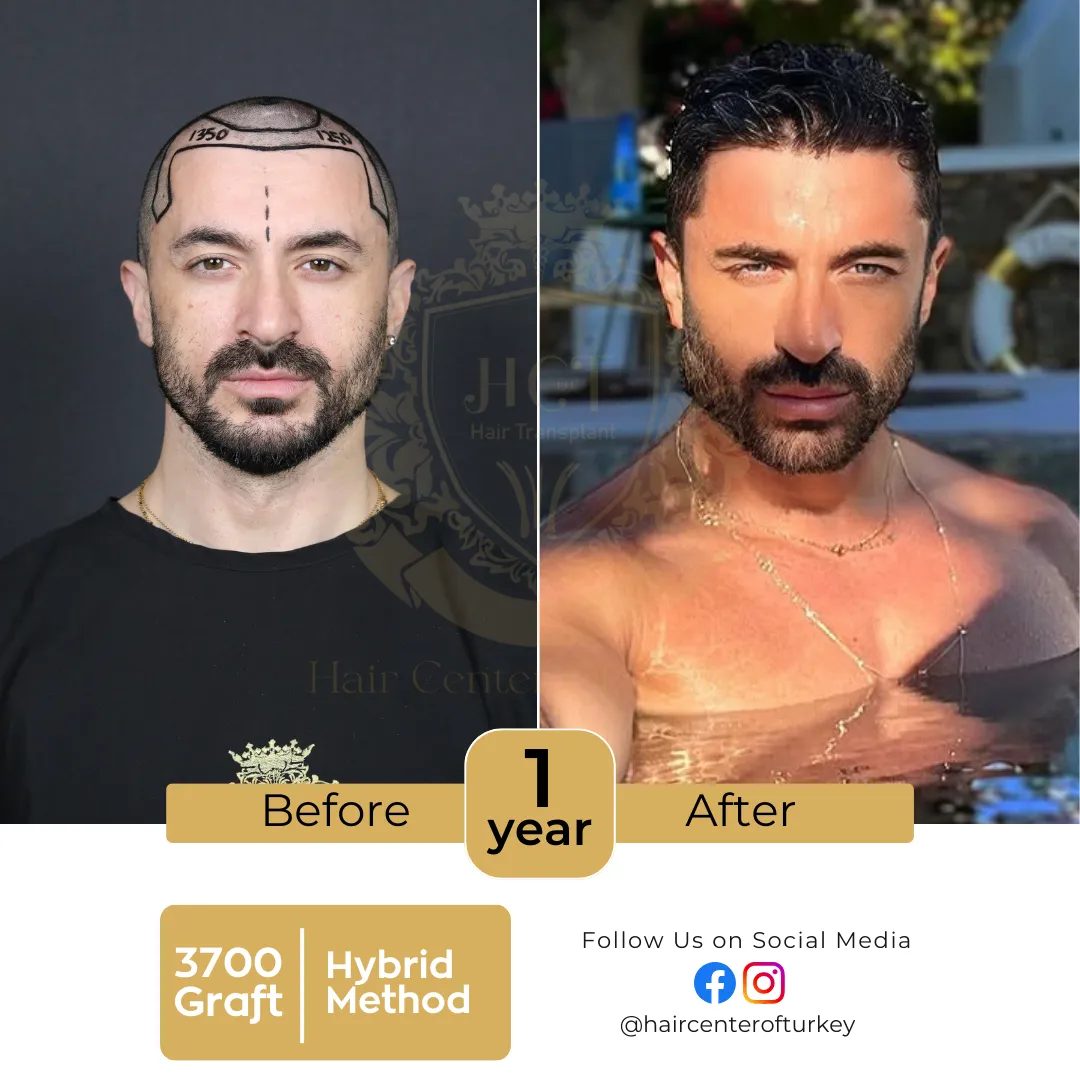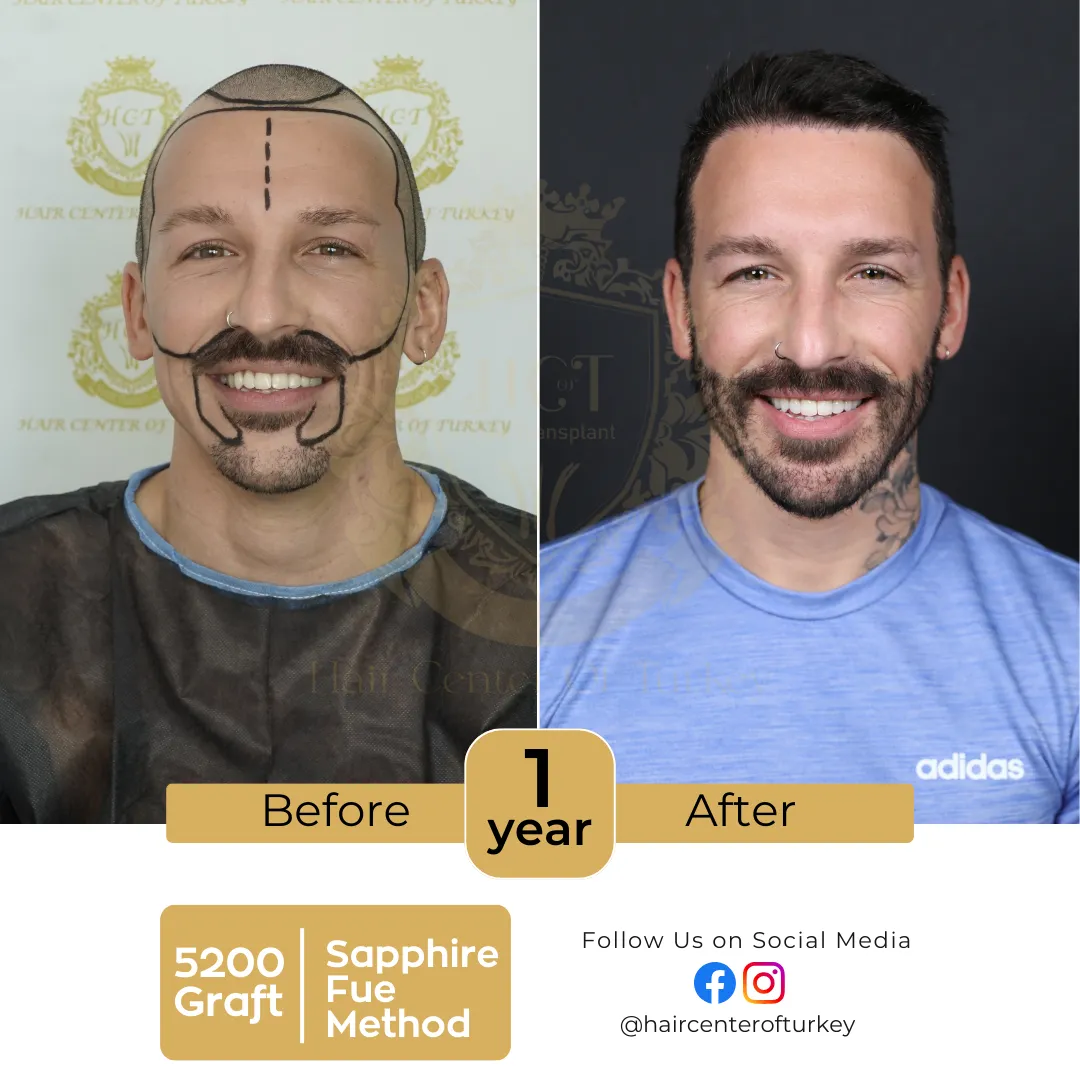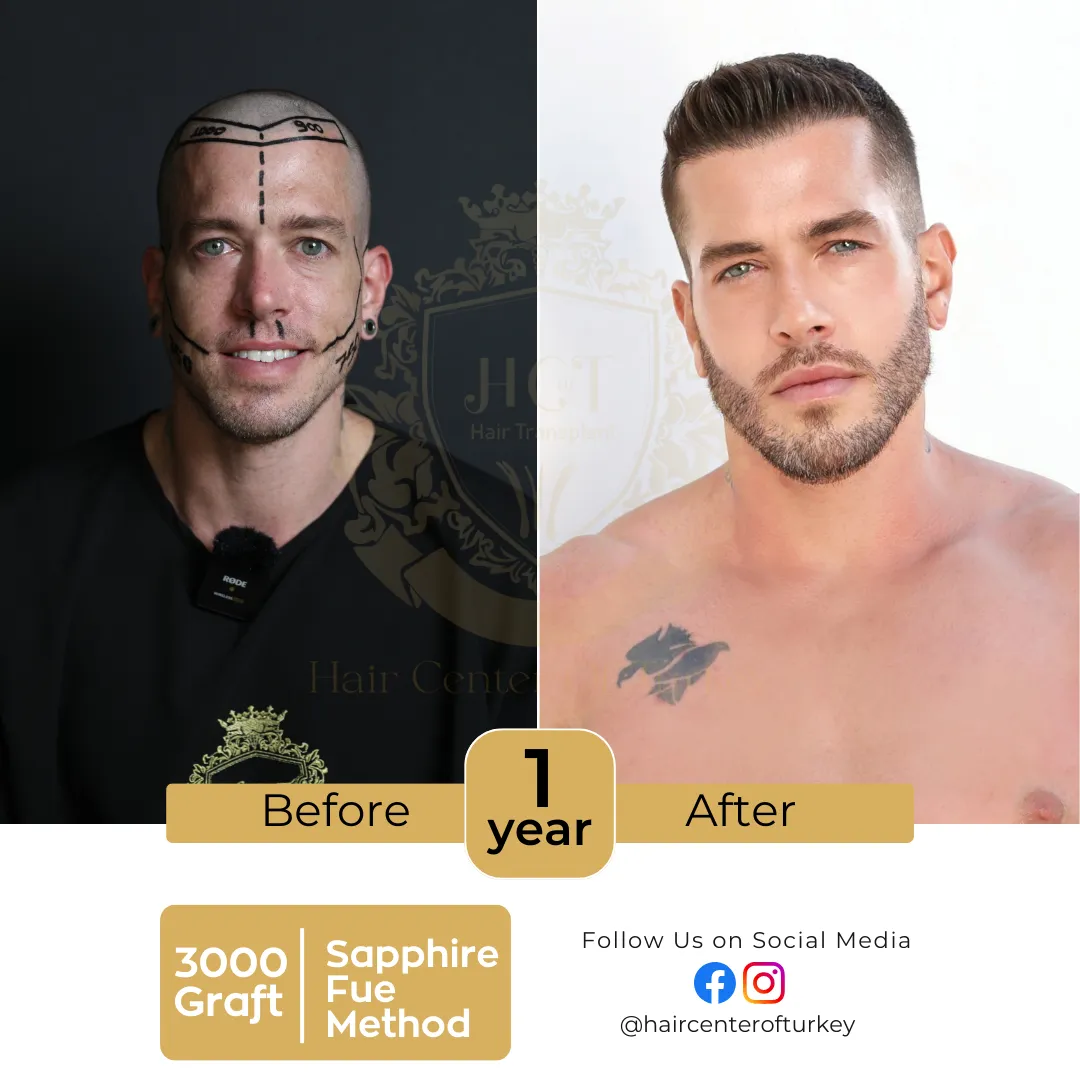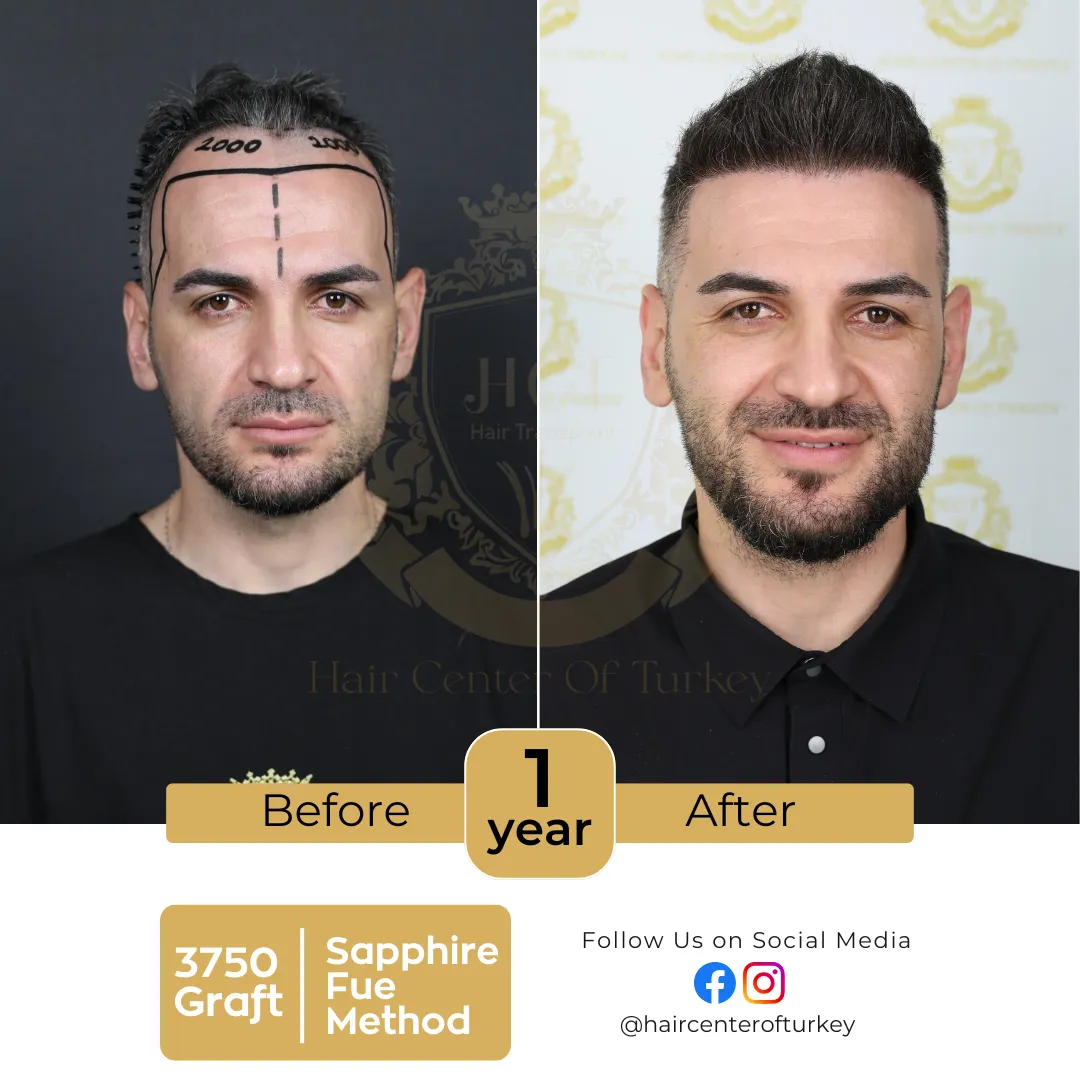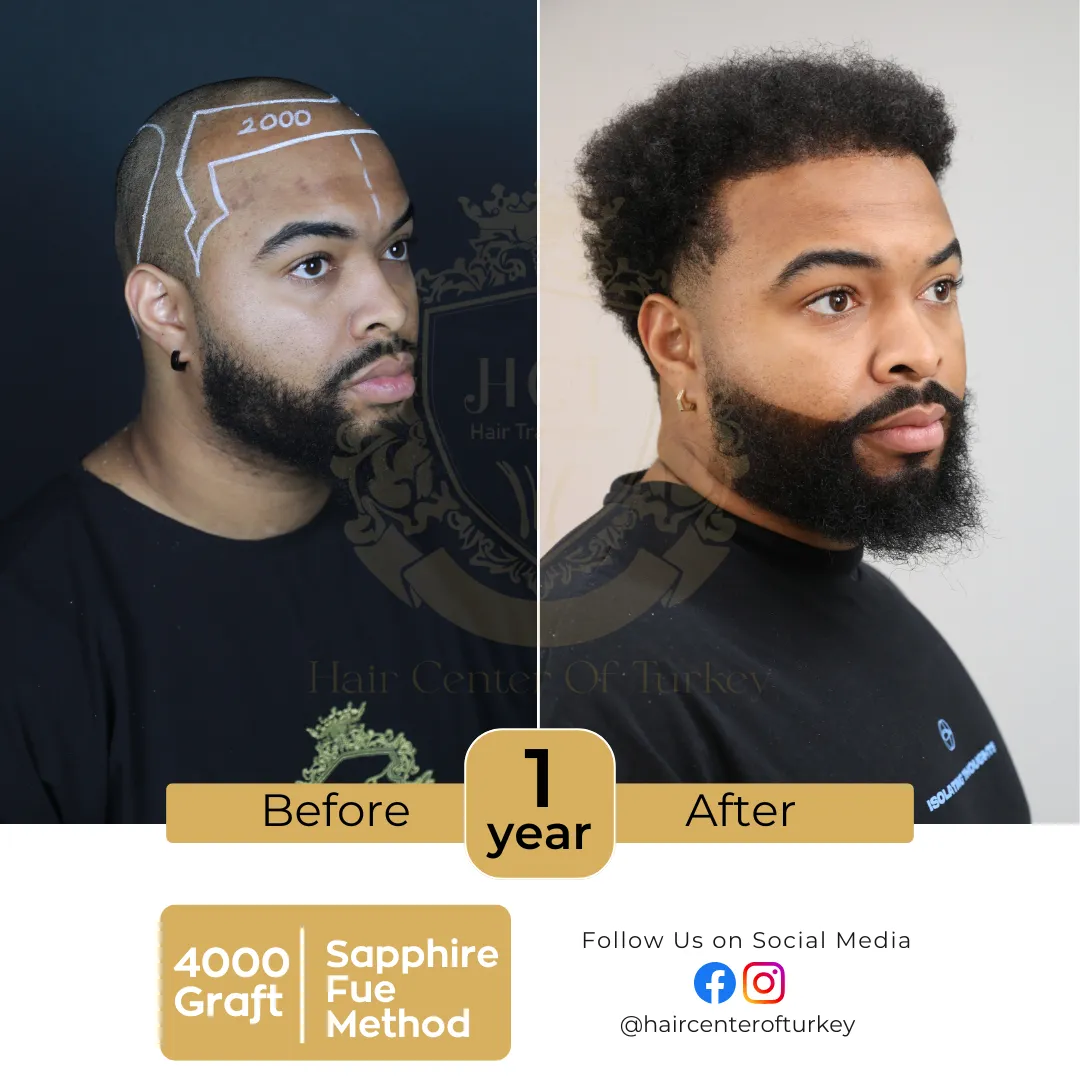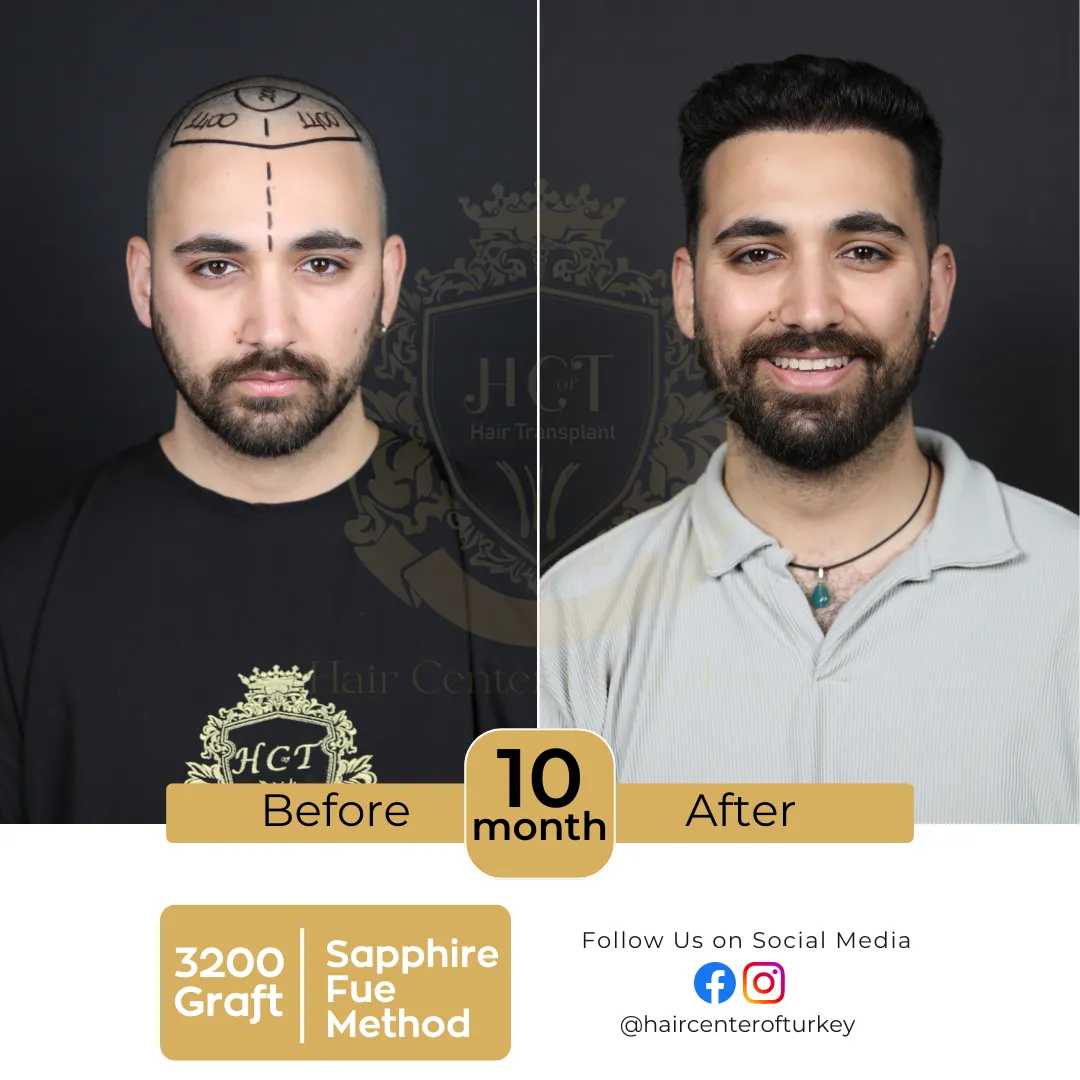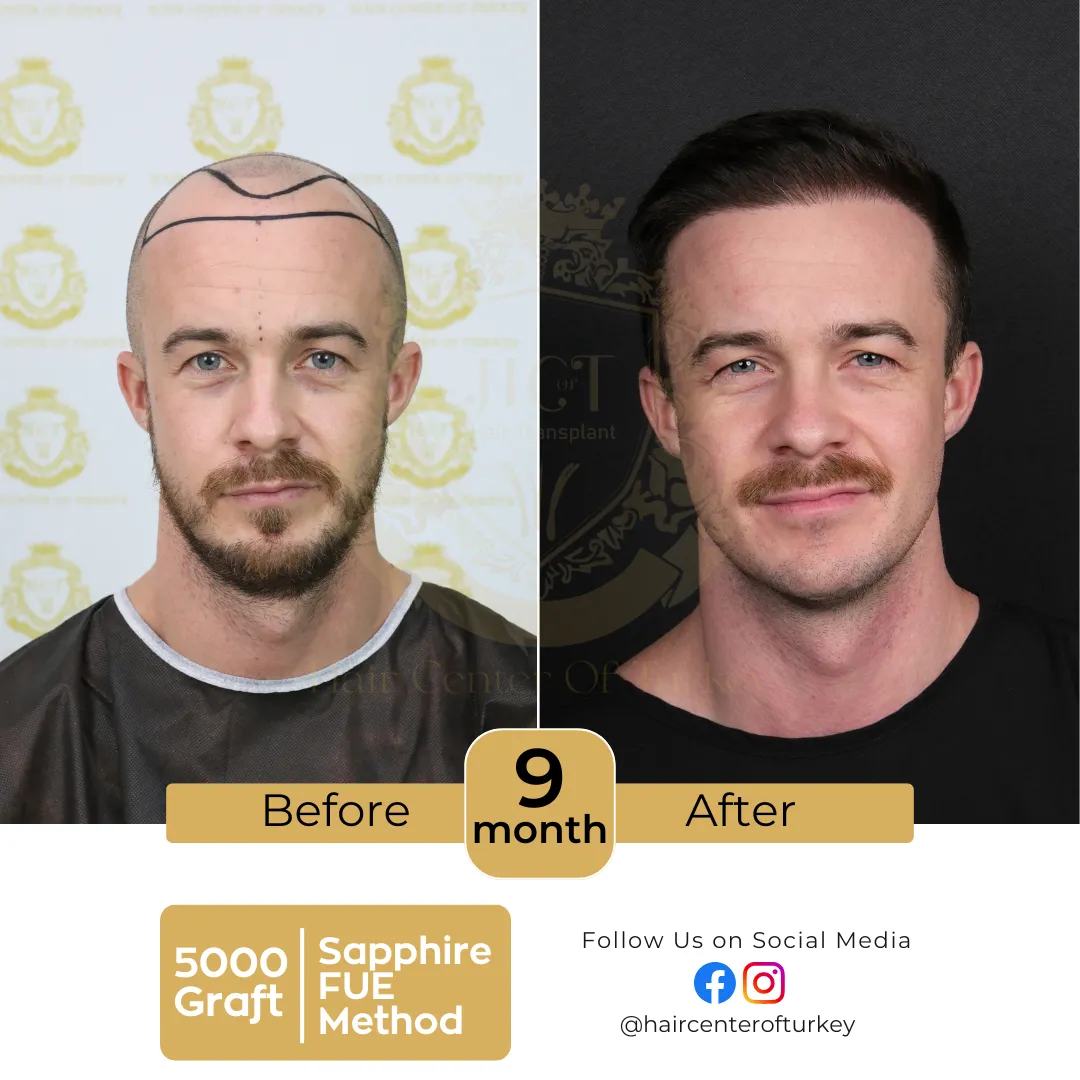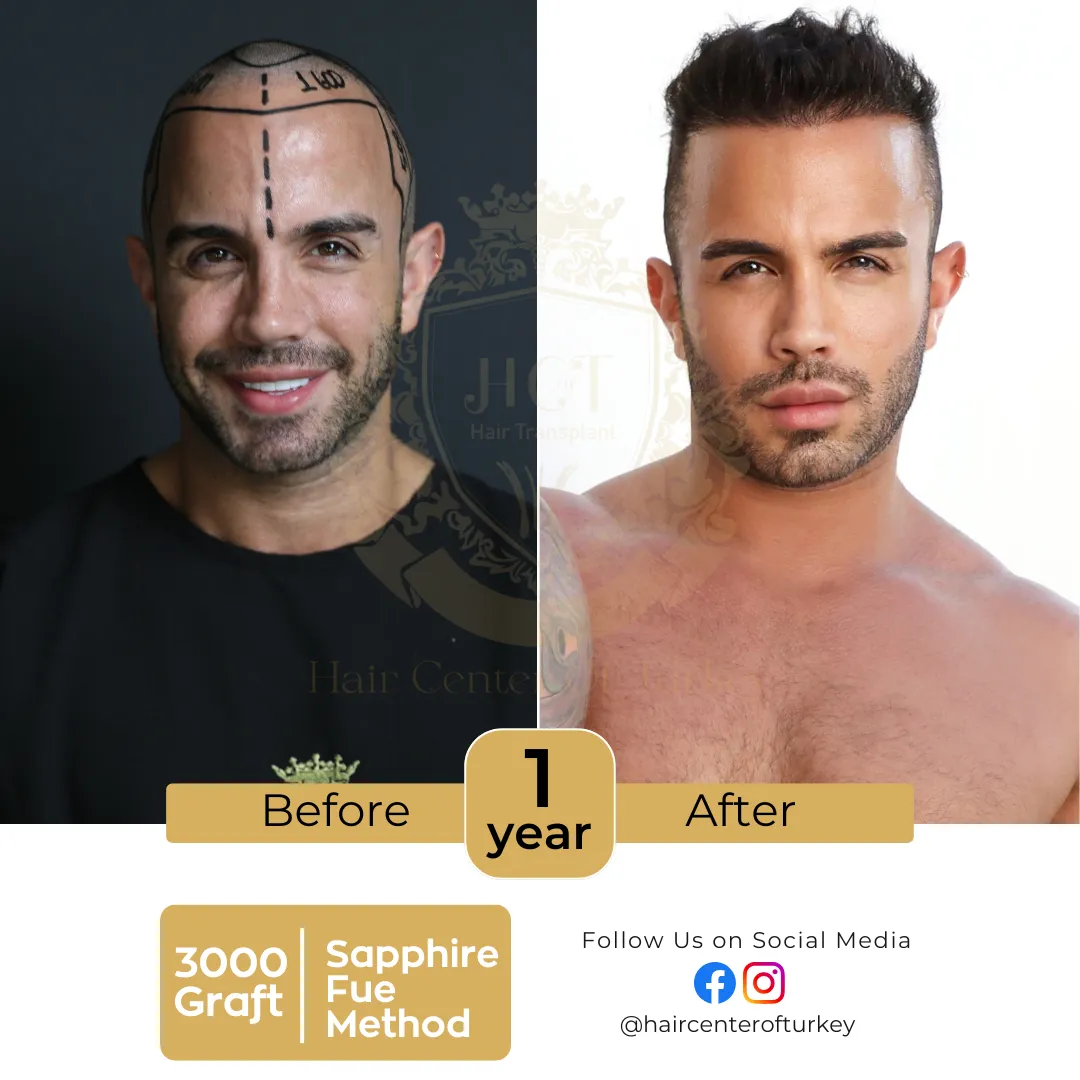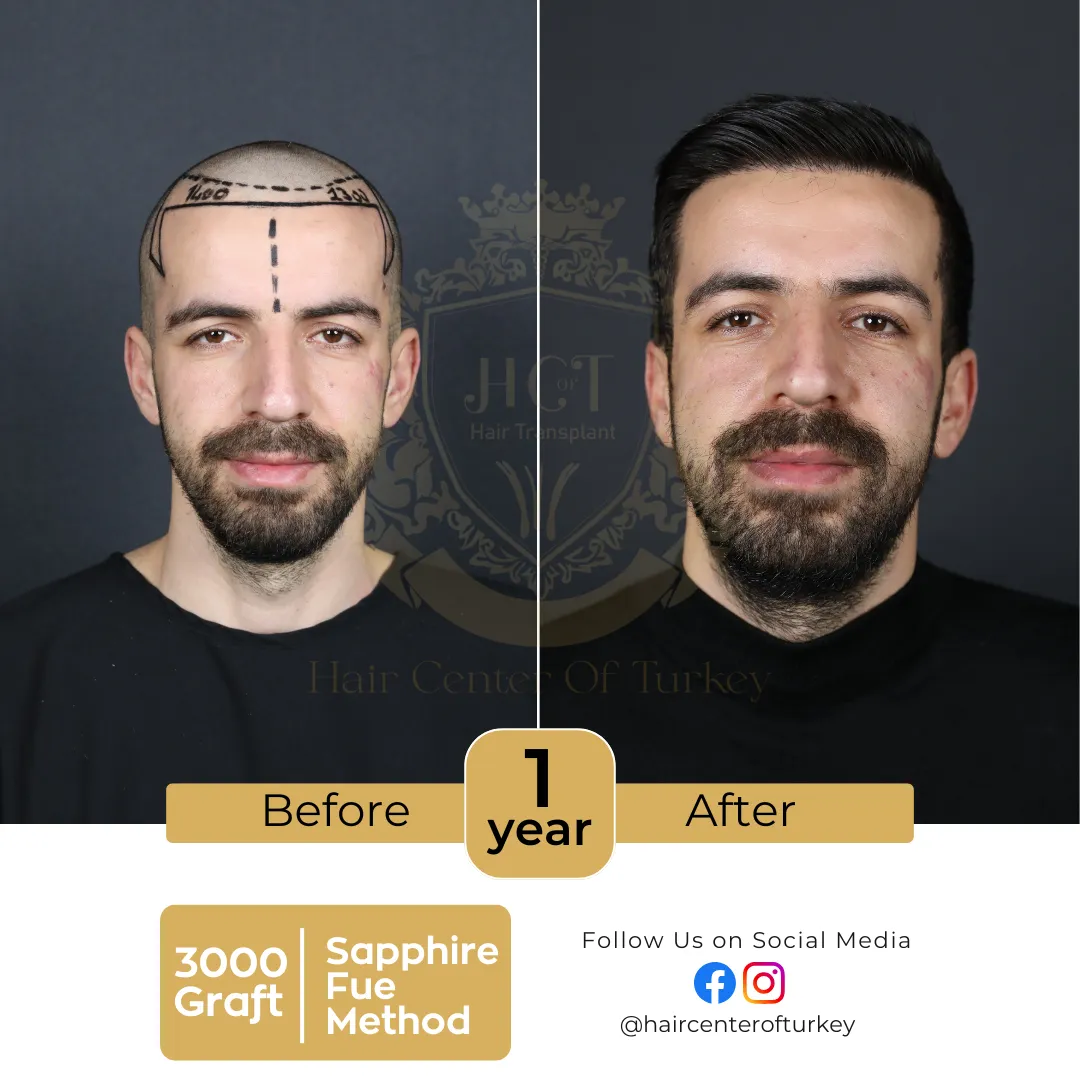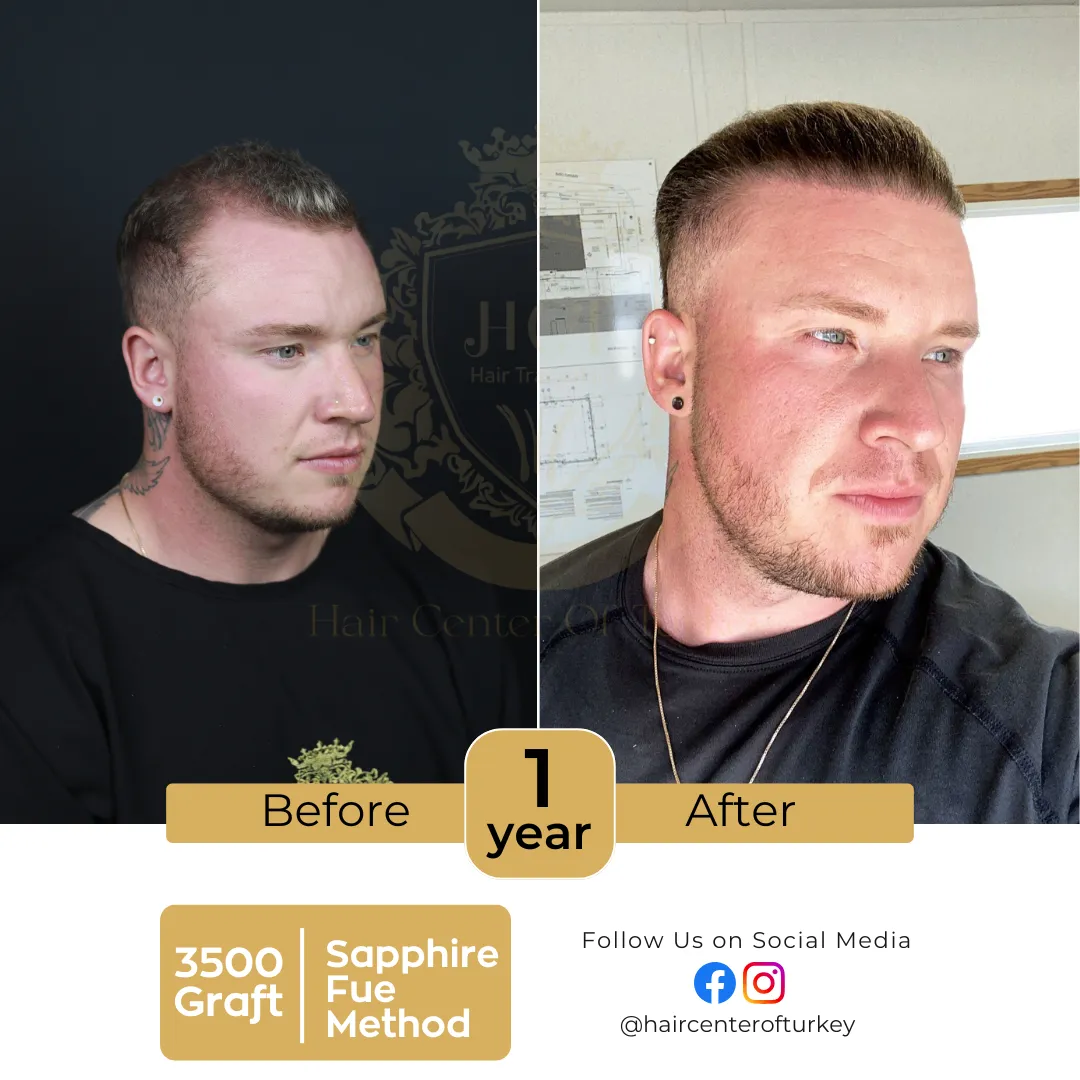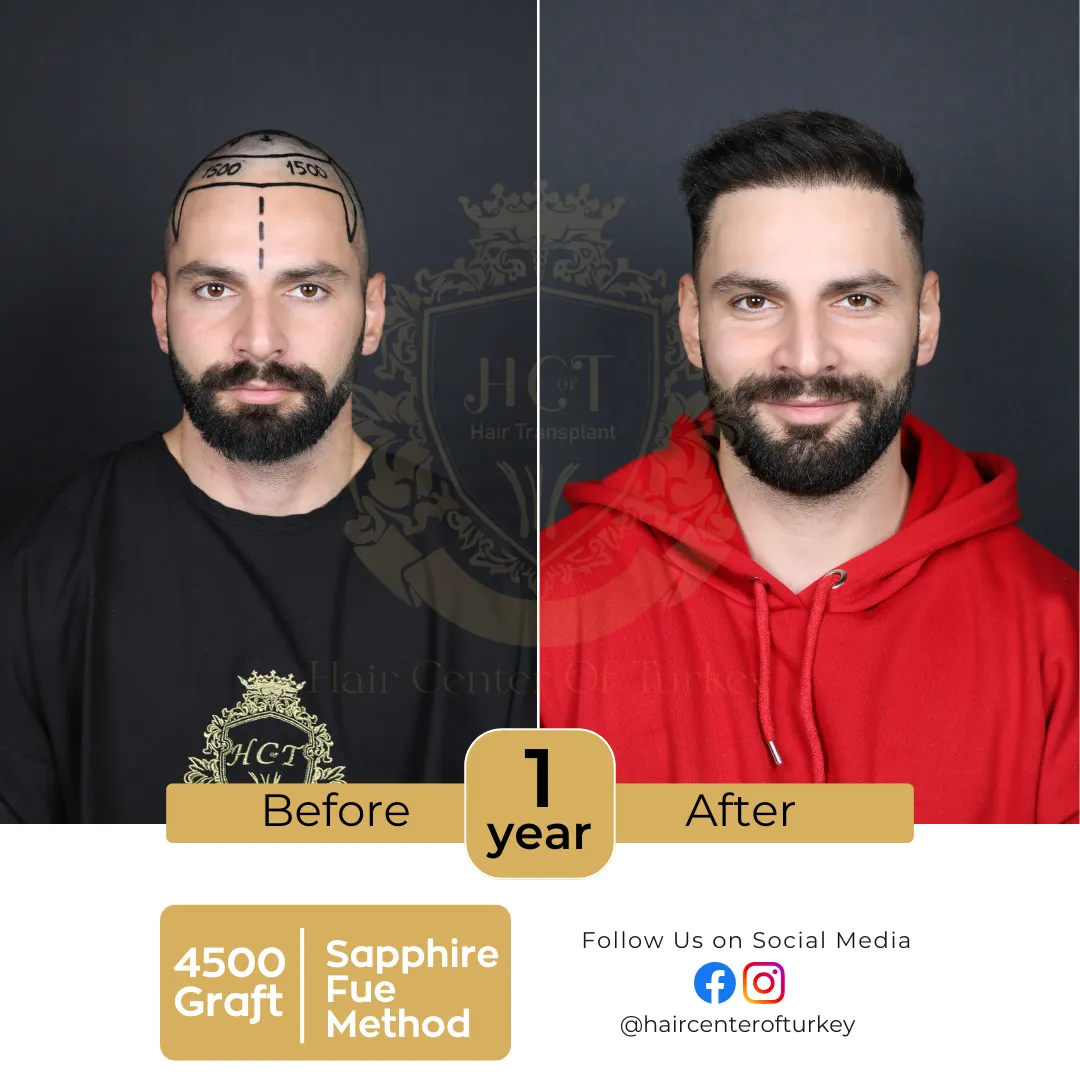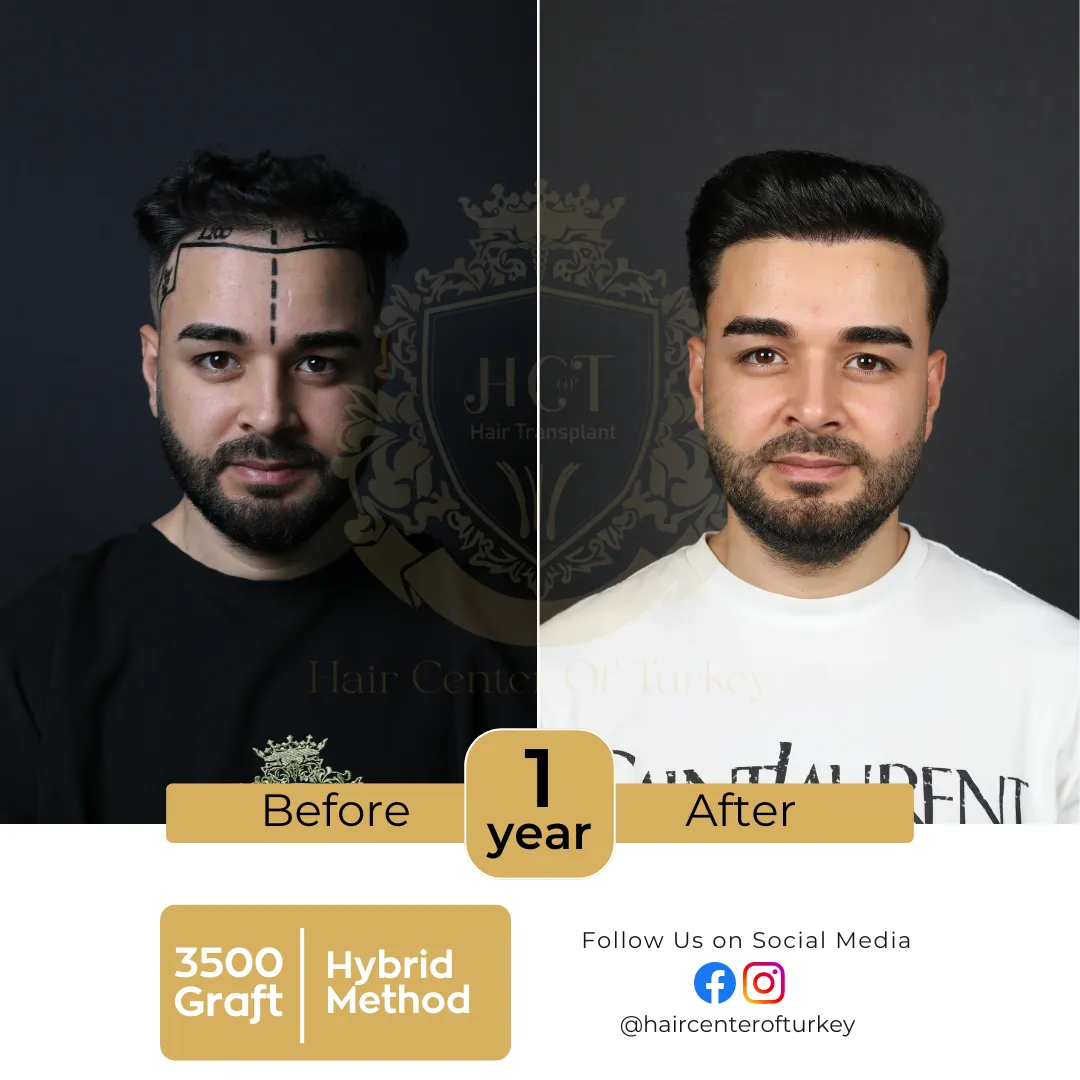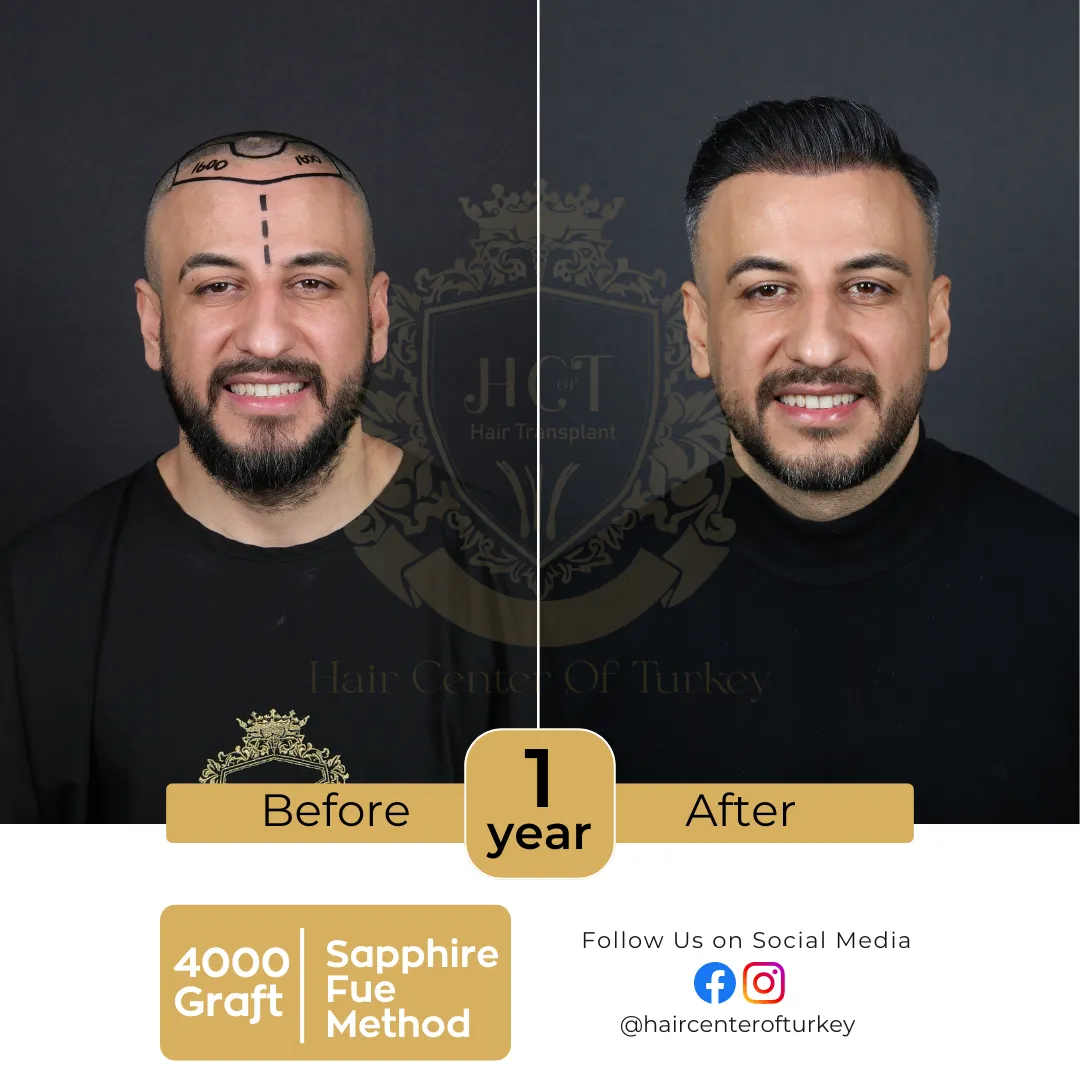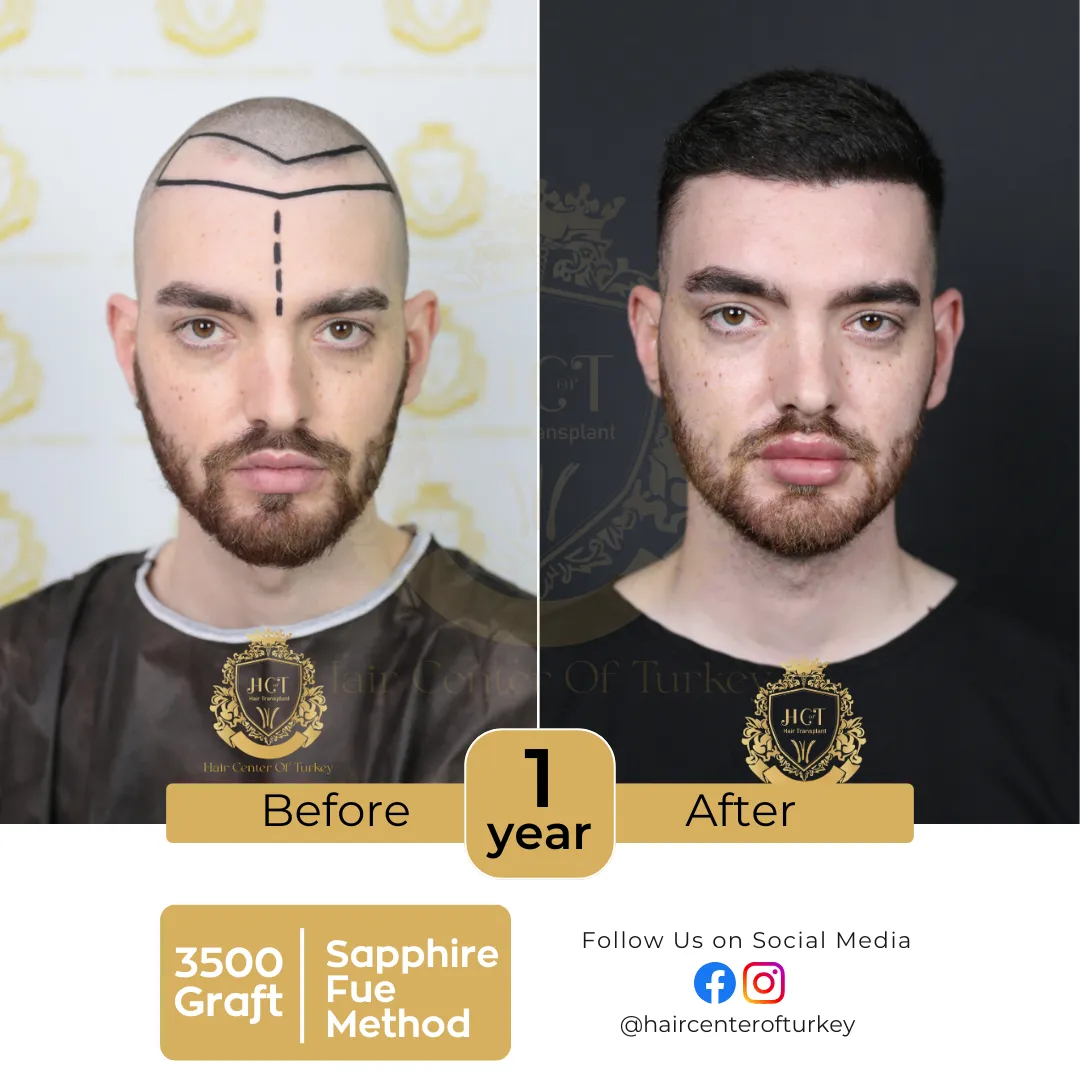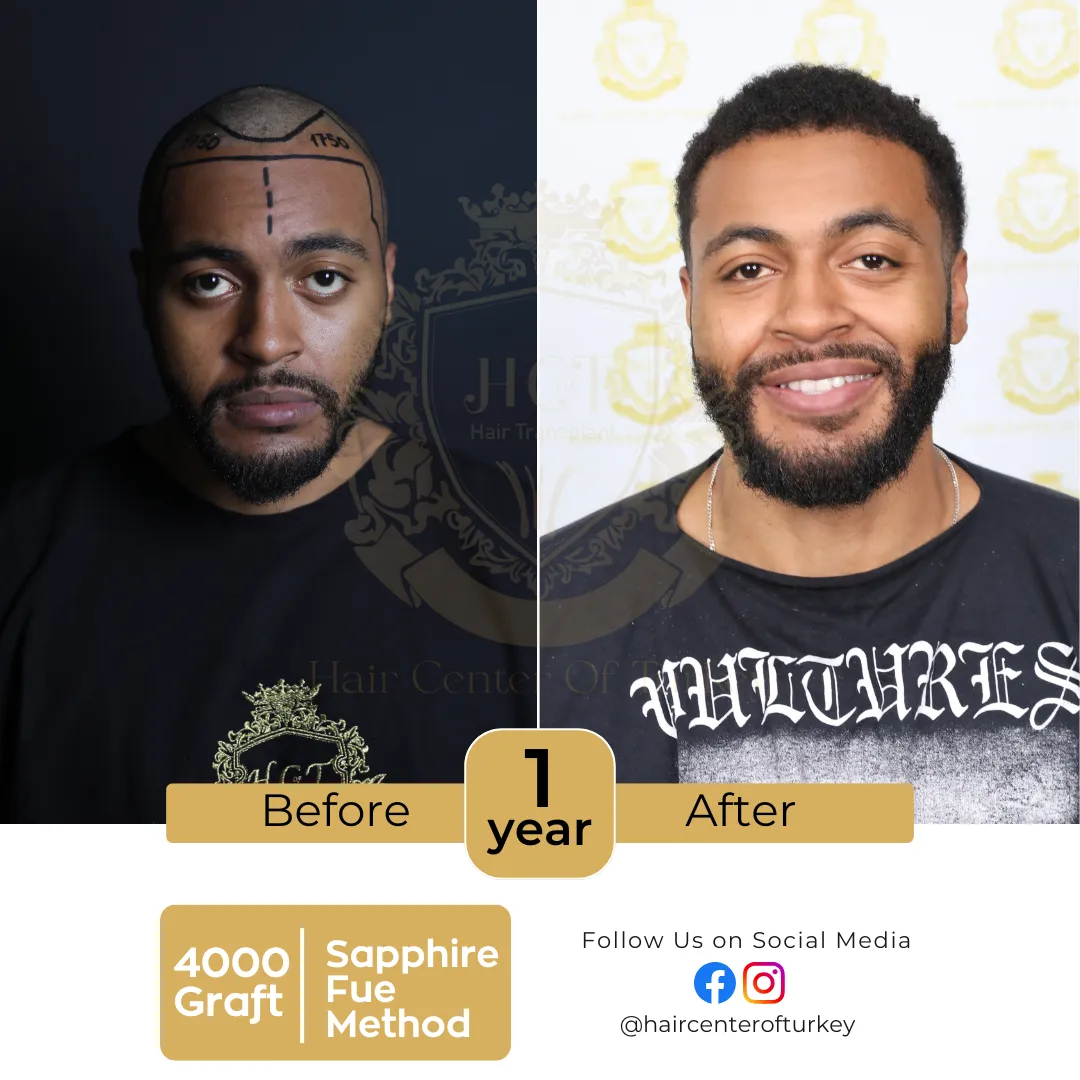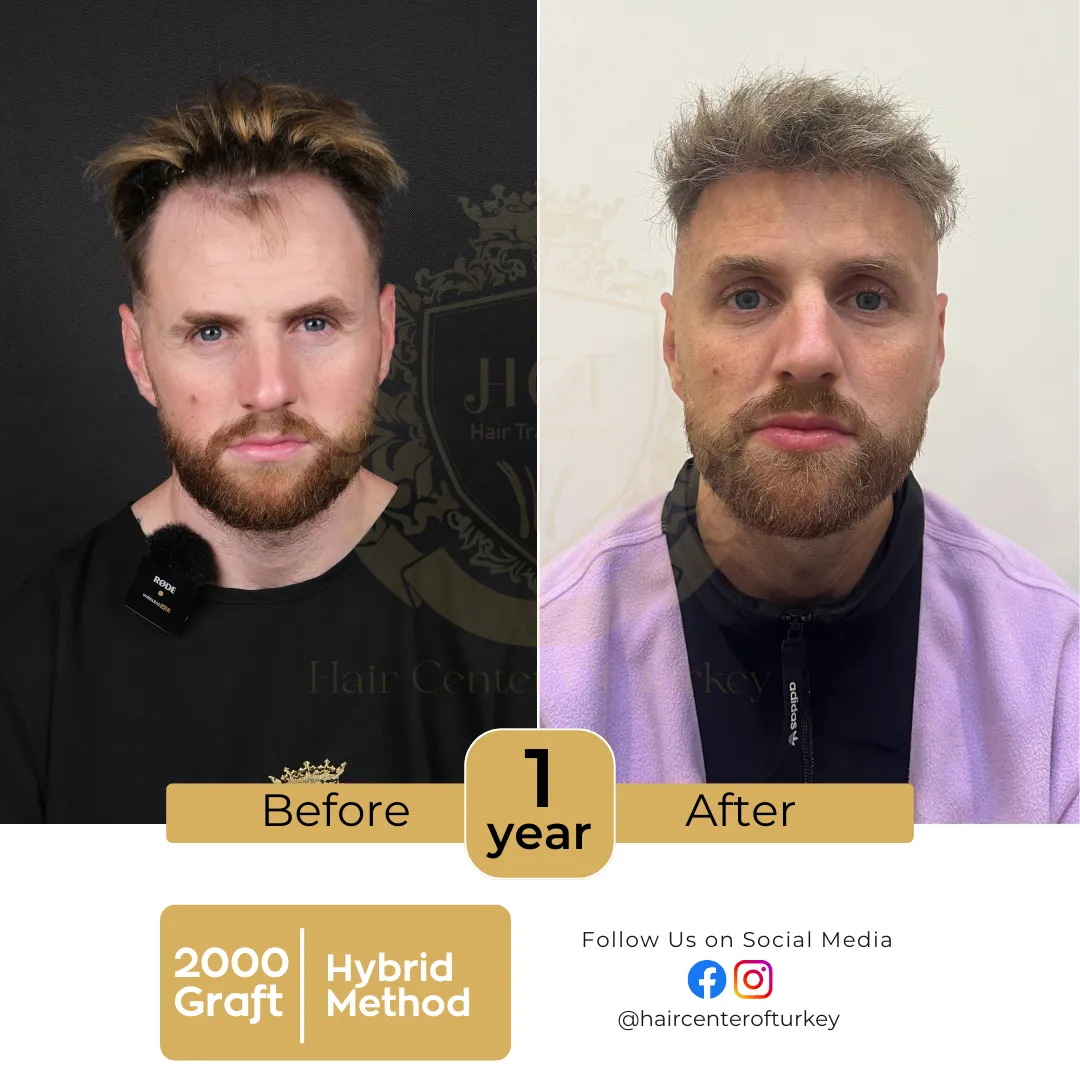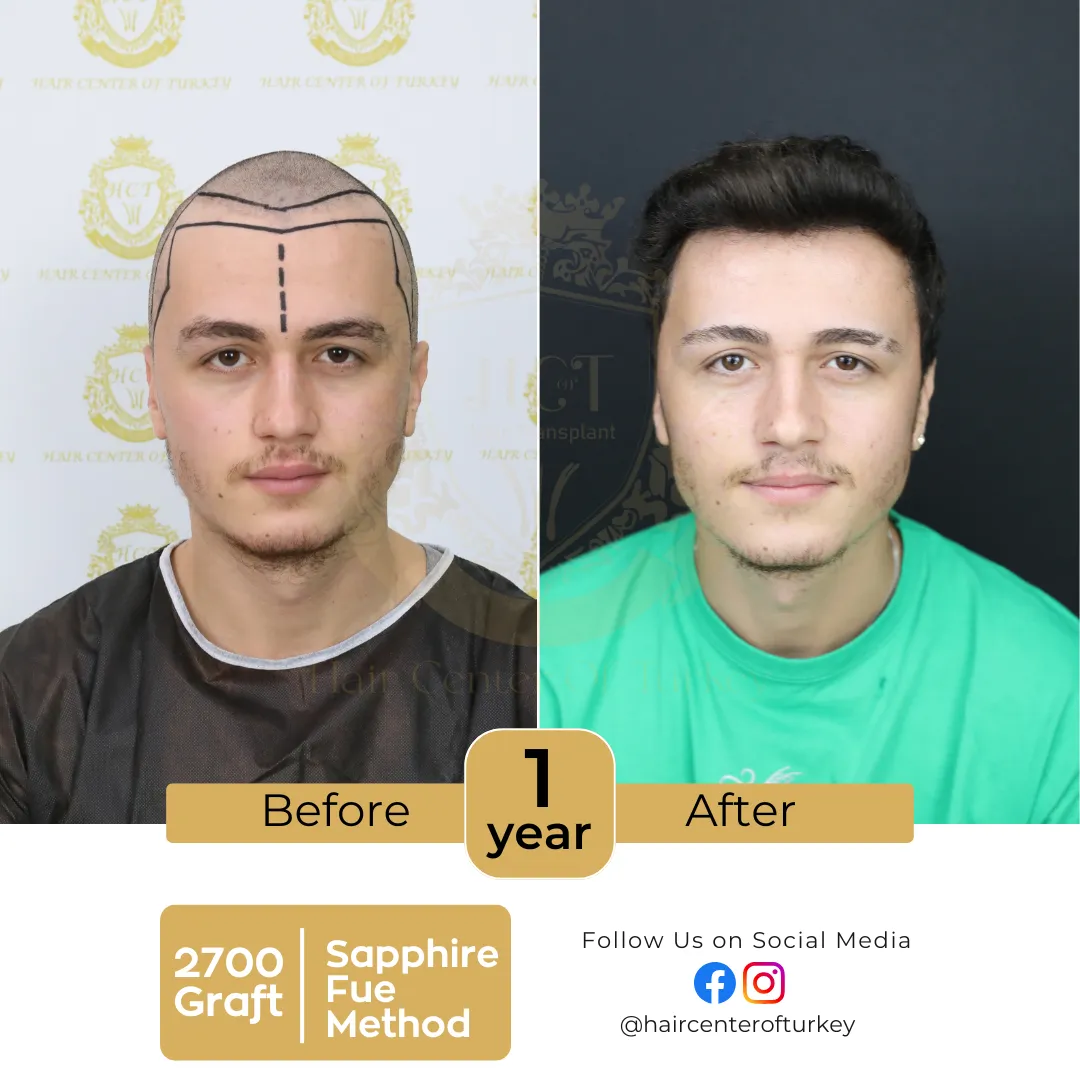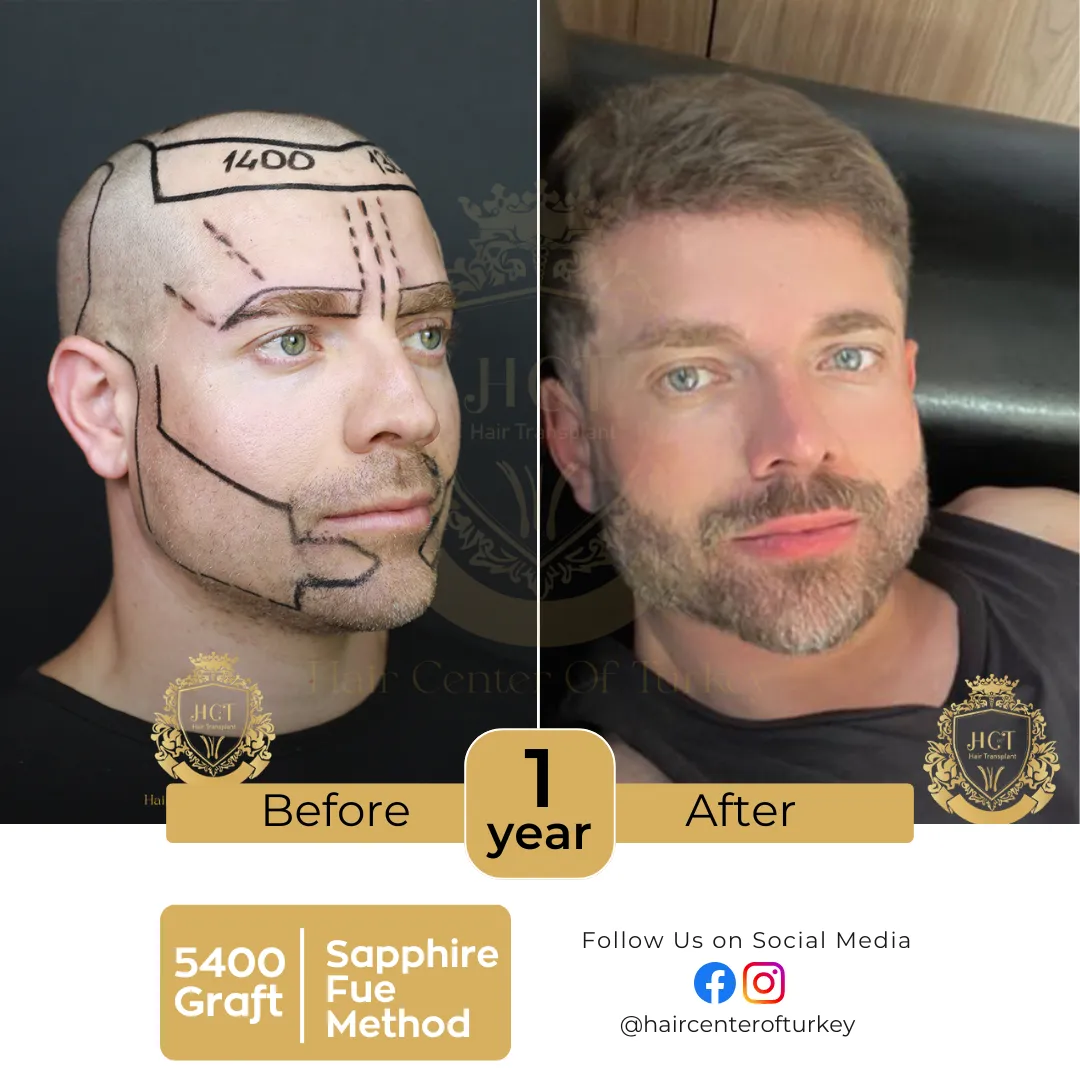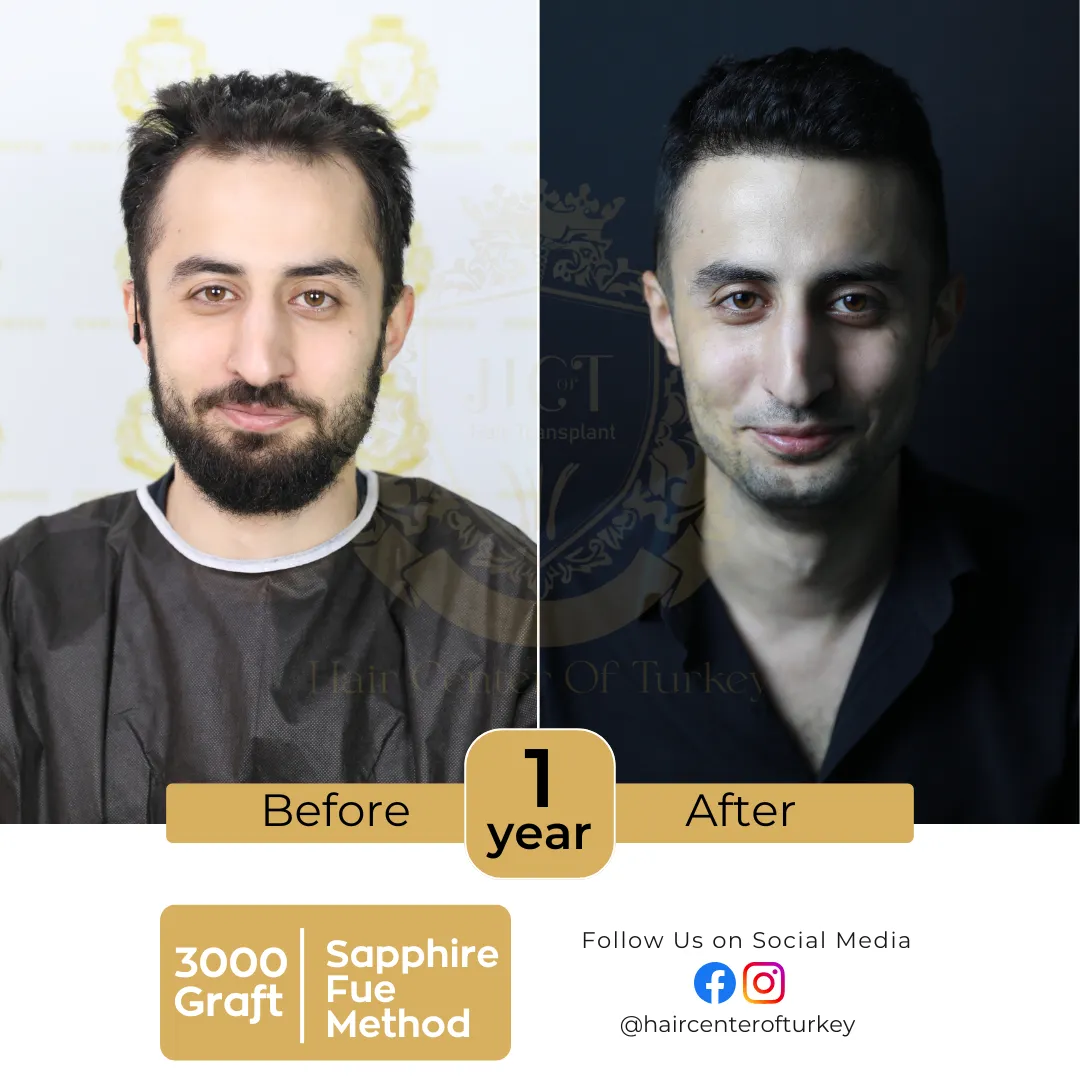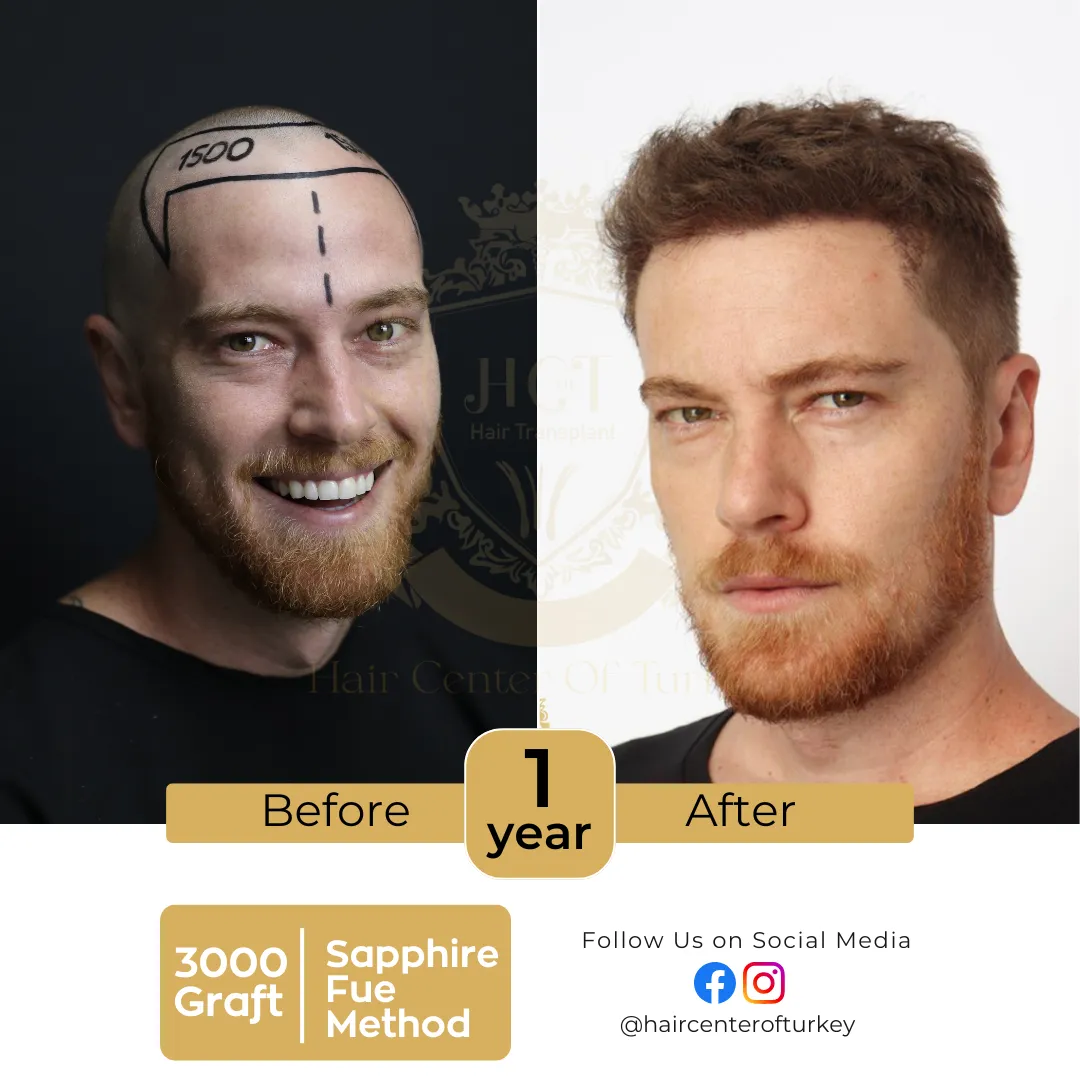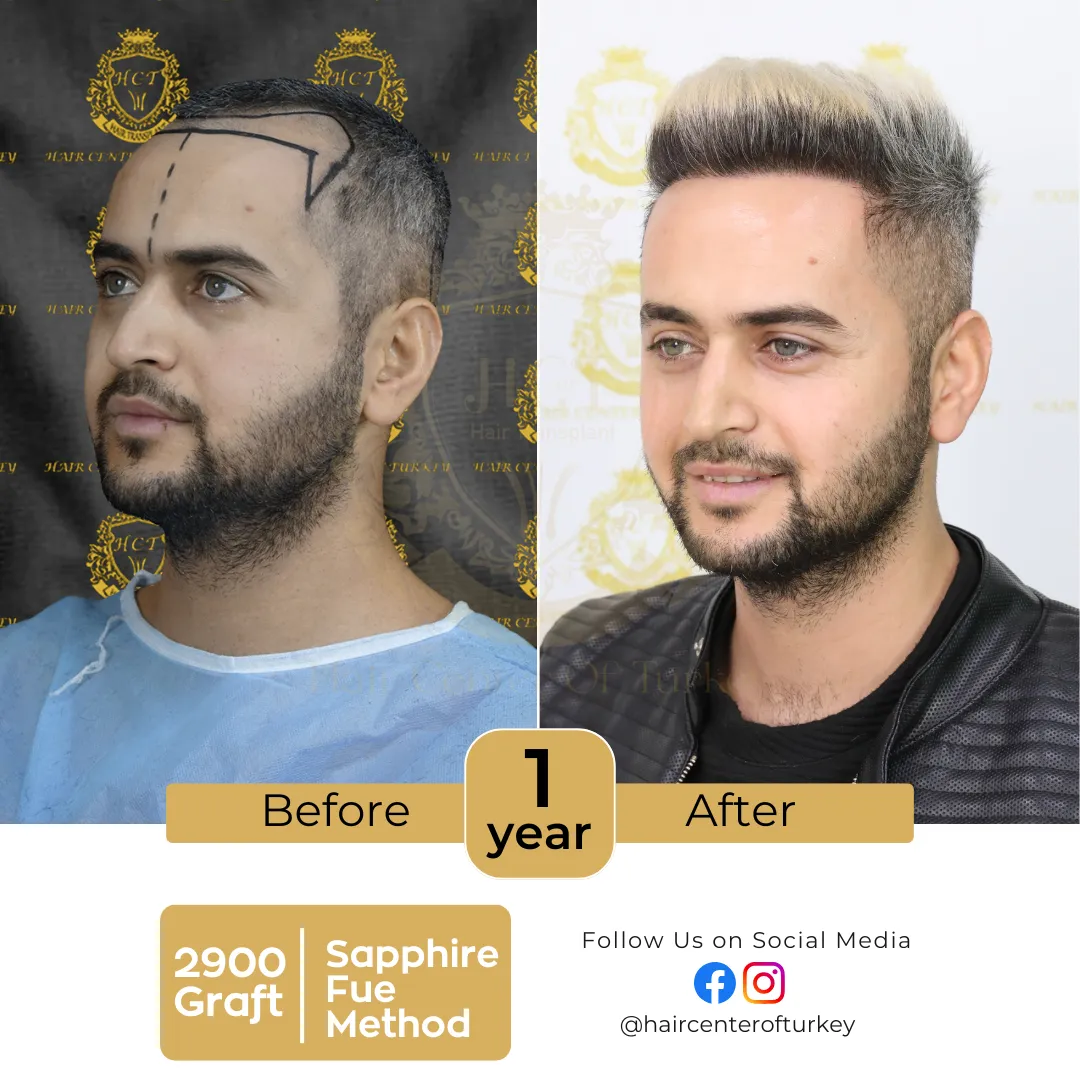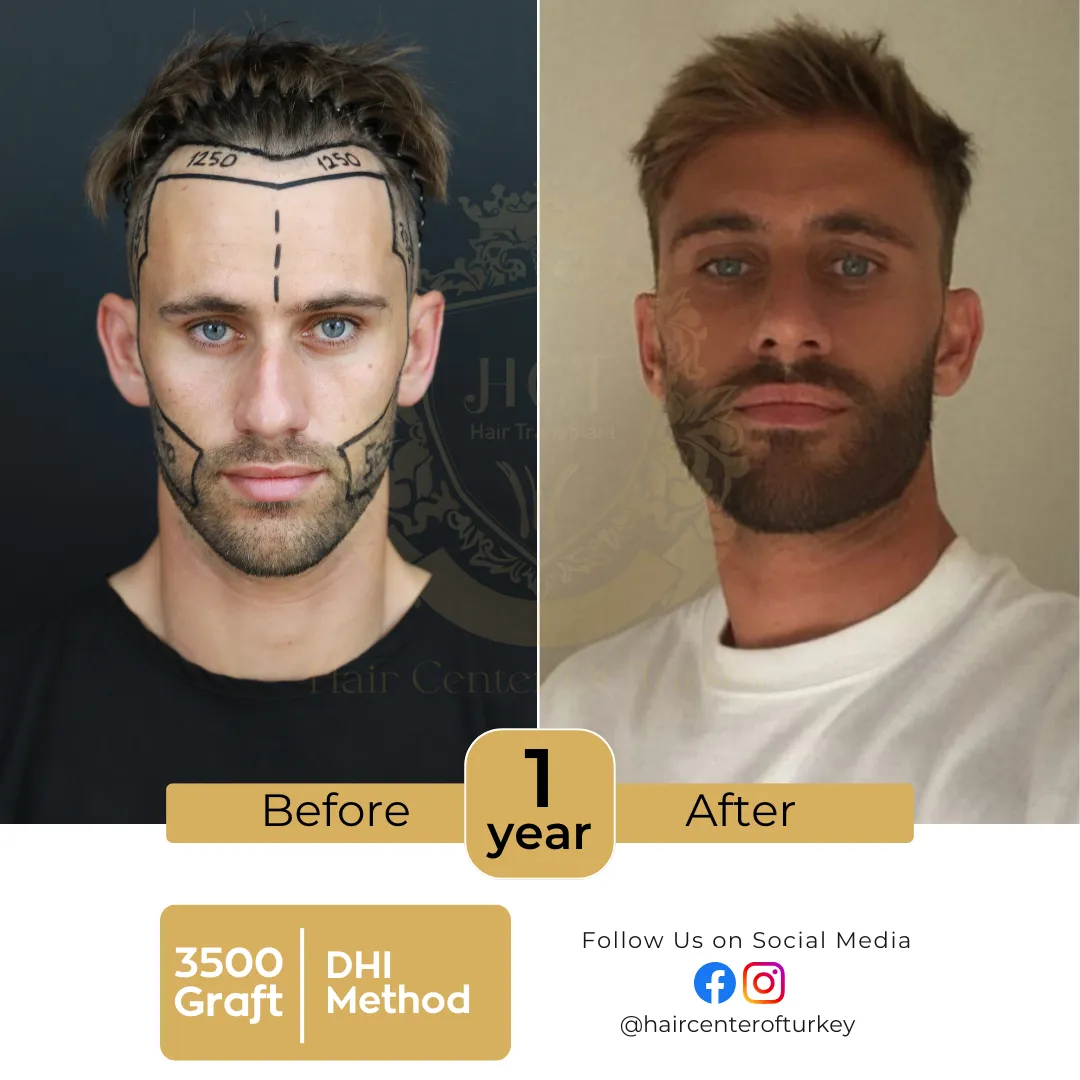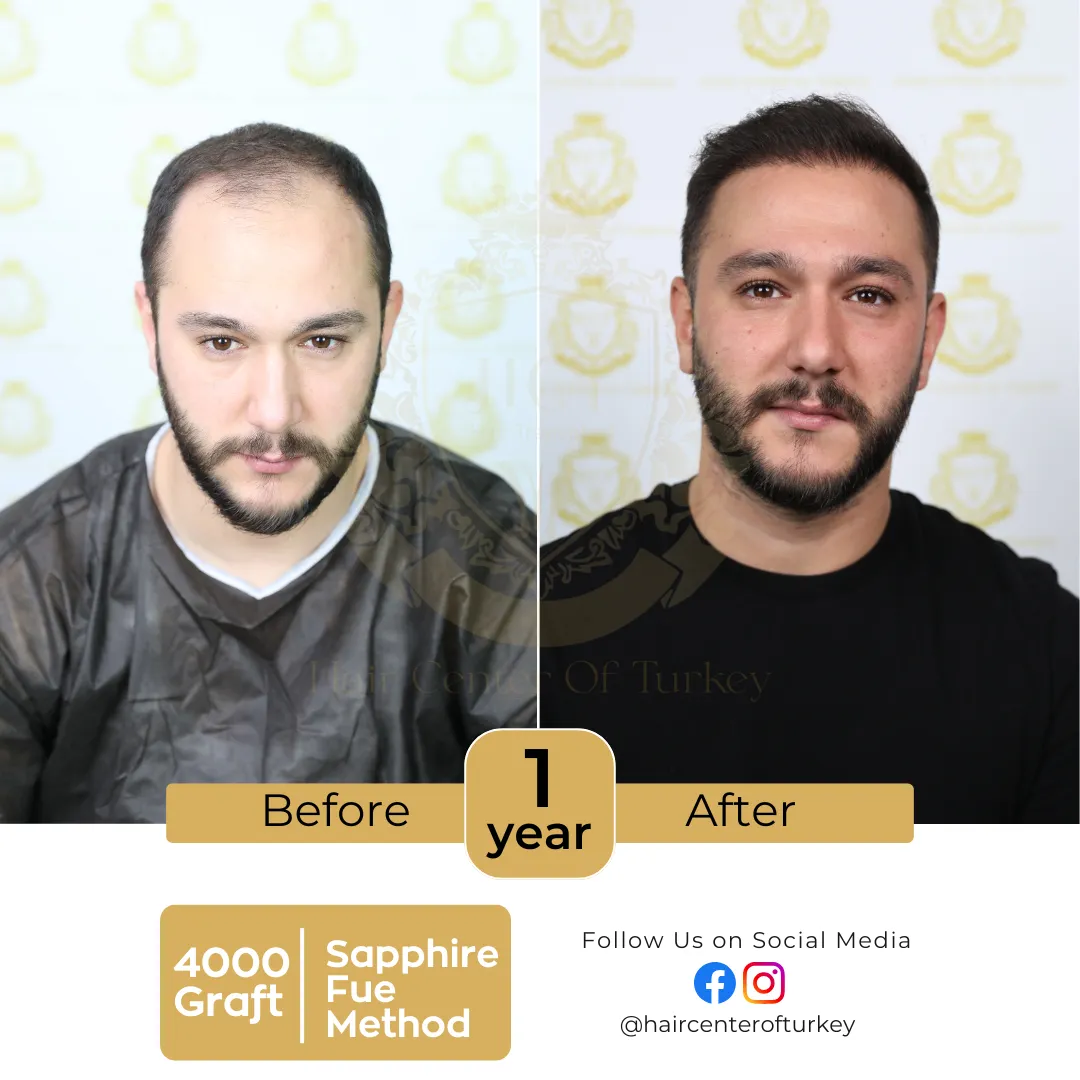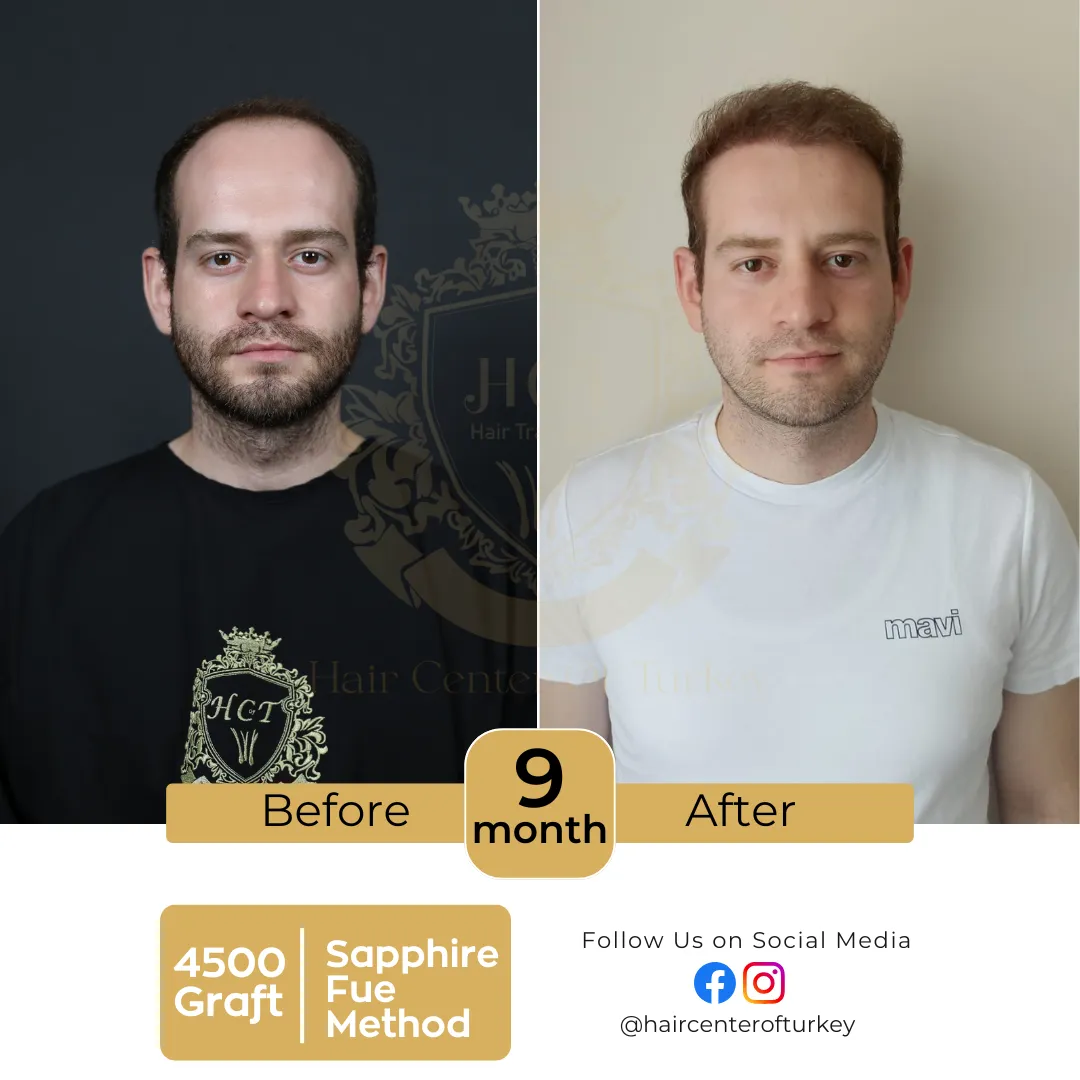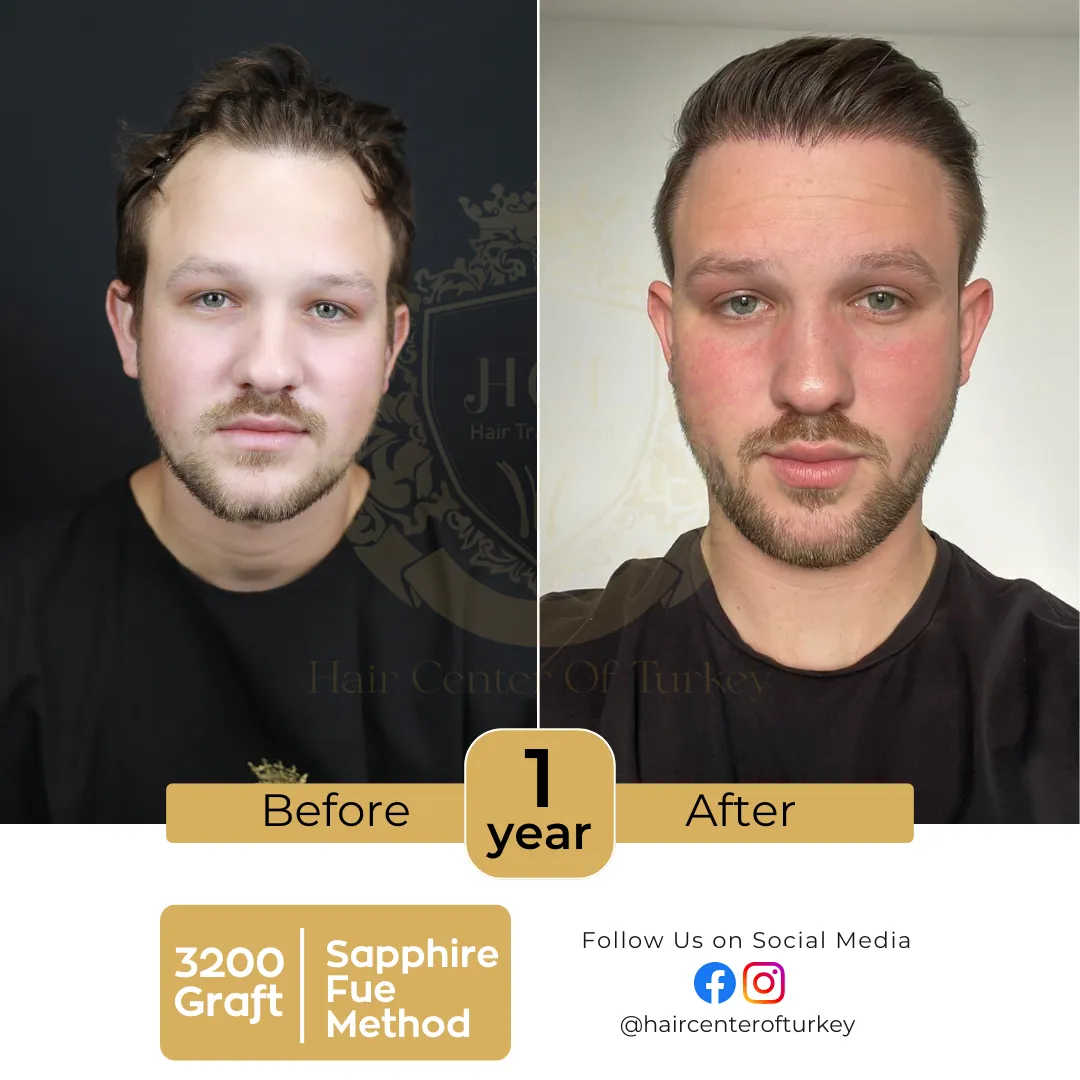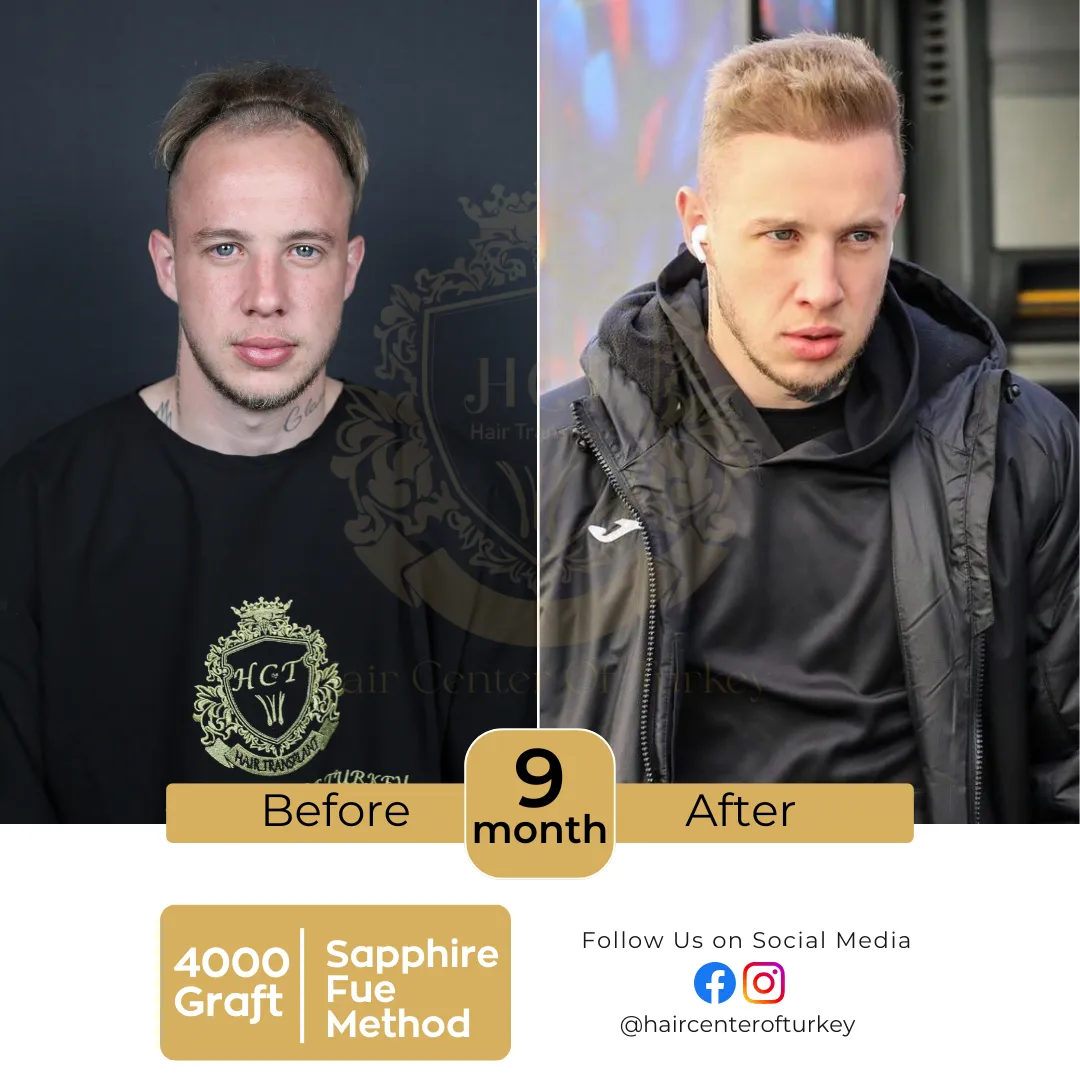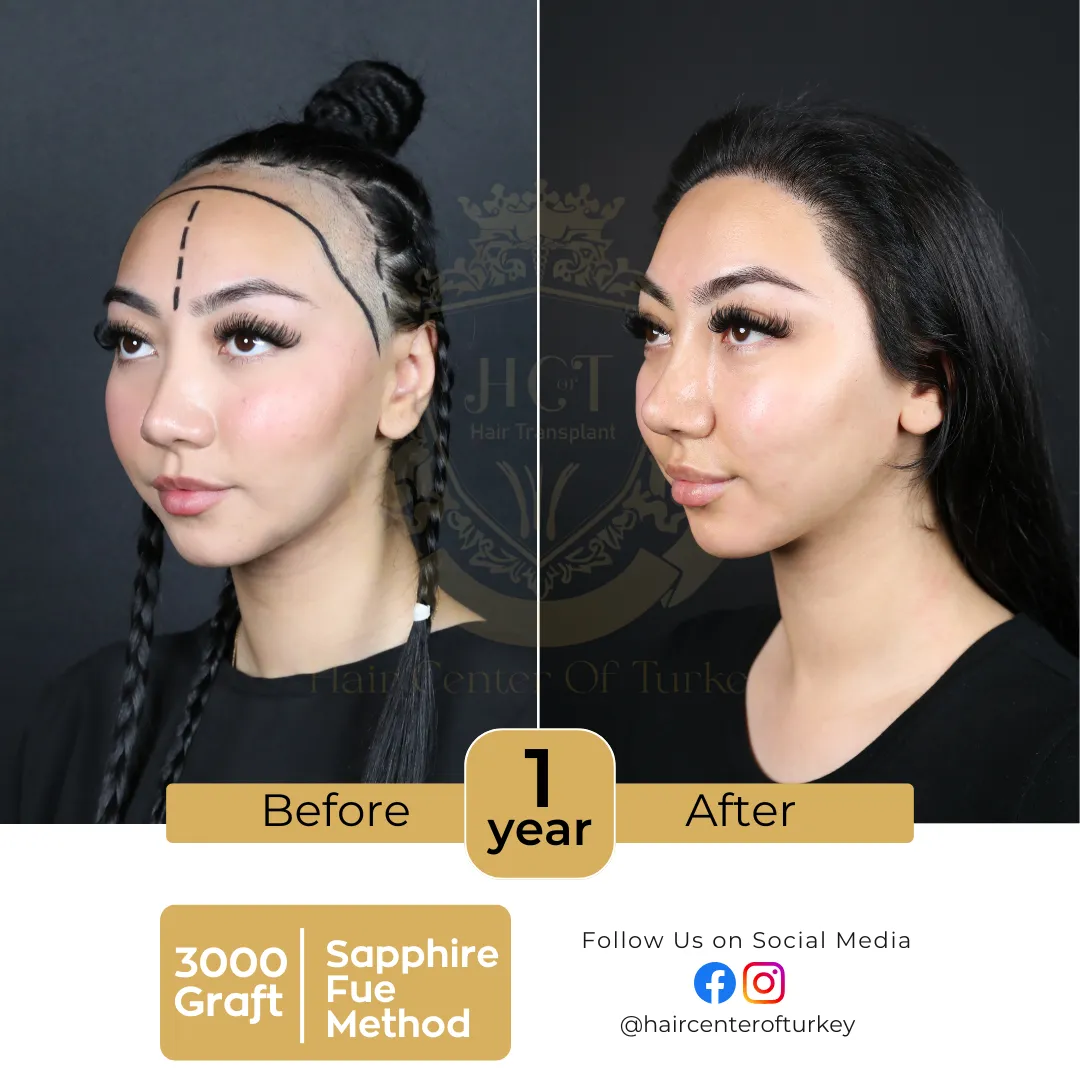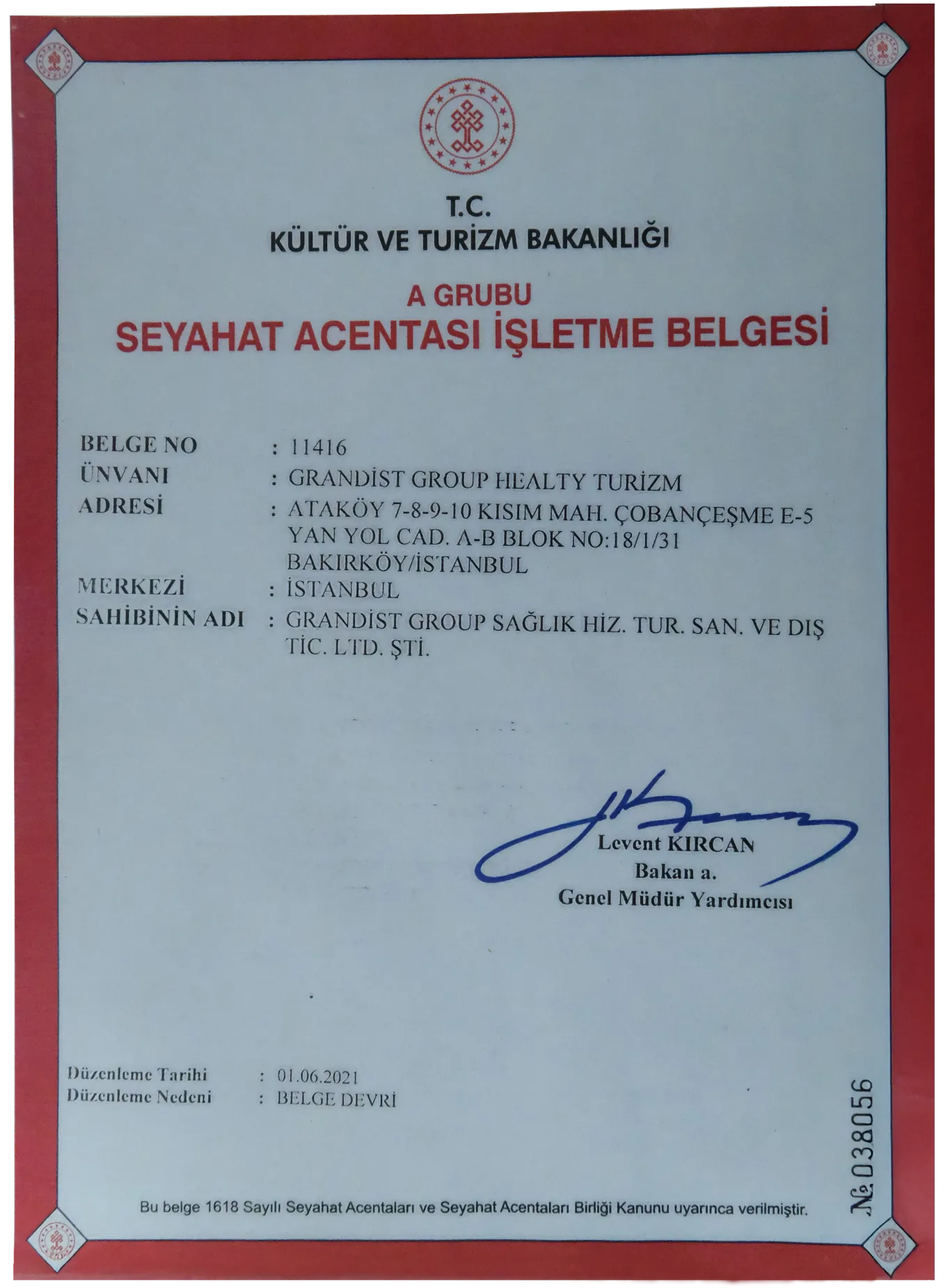Male Pattern Baldness: Insights from the Norwood Scale
Male pattern baldness, the leading cause of hair loss in men, is most commonly evaluated using the Norwood scale. In this article, we’ll explore six key areas: Stages, Diagnosis, Treatment, Causes, Prevention, and Takeaway providing clear, concise, and medically reliable information for patients and readers.
1. Stages of Male Pattern Baldness Using the Norwood Scale
The Norwood scale serves as the definitive classification tool for male pattern baldness, allowing healthcare professionals to assess the severity and pattern of hair loss. It consists of seven stages (Norwood I–VII), each indicating progressive hairline recession and vertex thinning:
Norwood I:
No significant hair loss. The hairline remains youthful and intact.
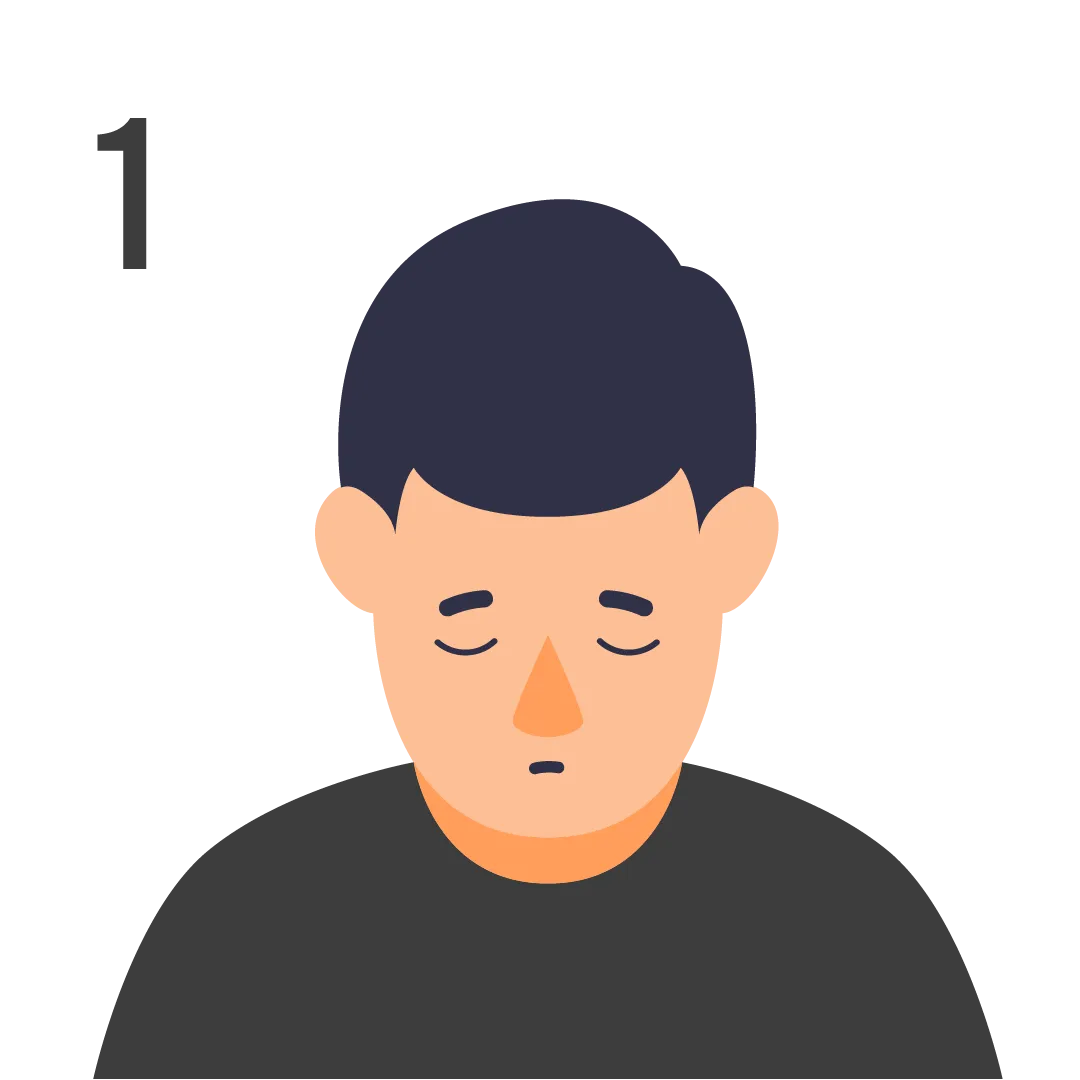
Norwood II:
Minor frontal recession around the temples. Early signs of male pattern baldness begin.
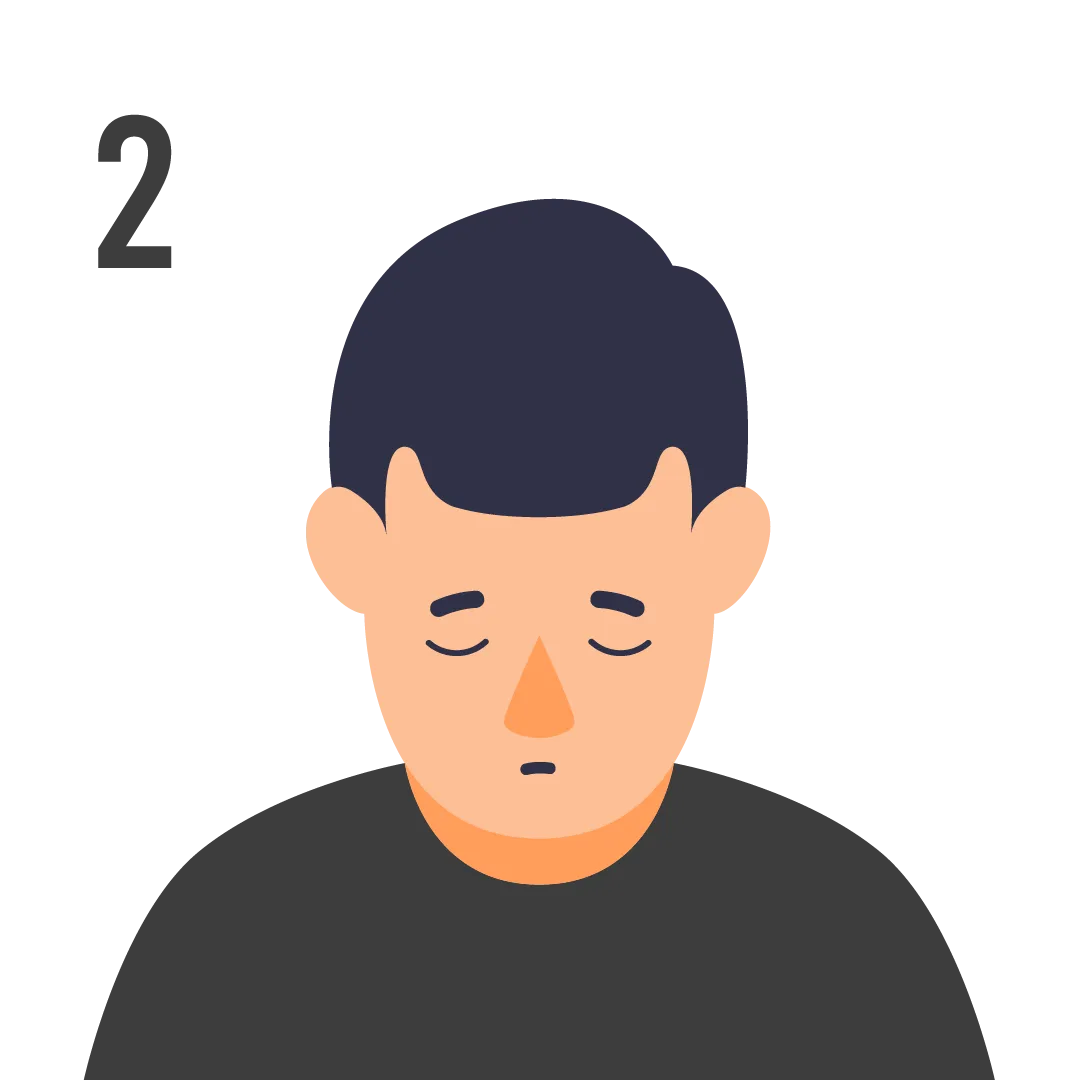
Norwood III:
The first stage is considered clinically significant, with deep receding at the temples, either as “III frontal” or “III vertex.”
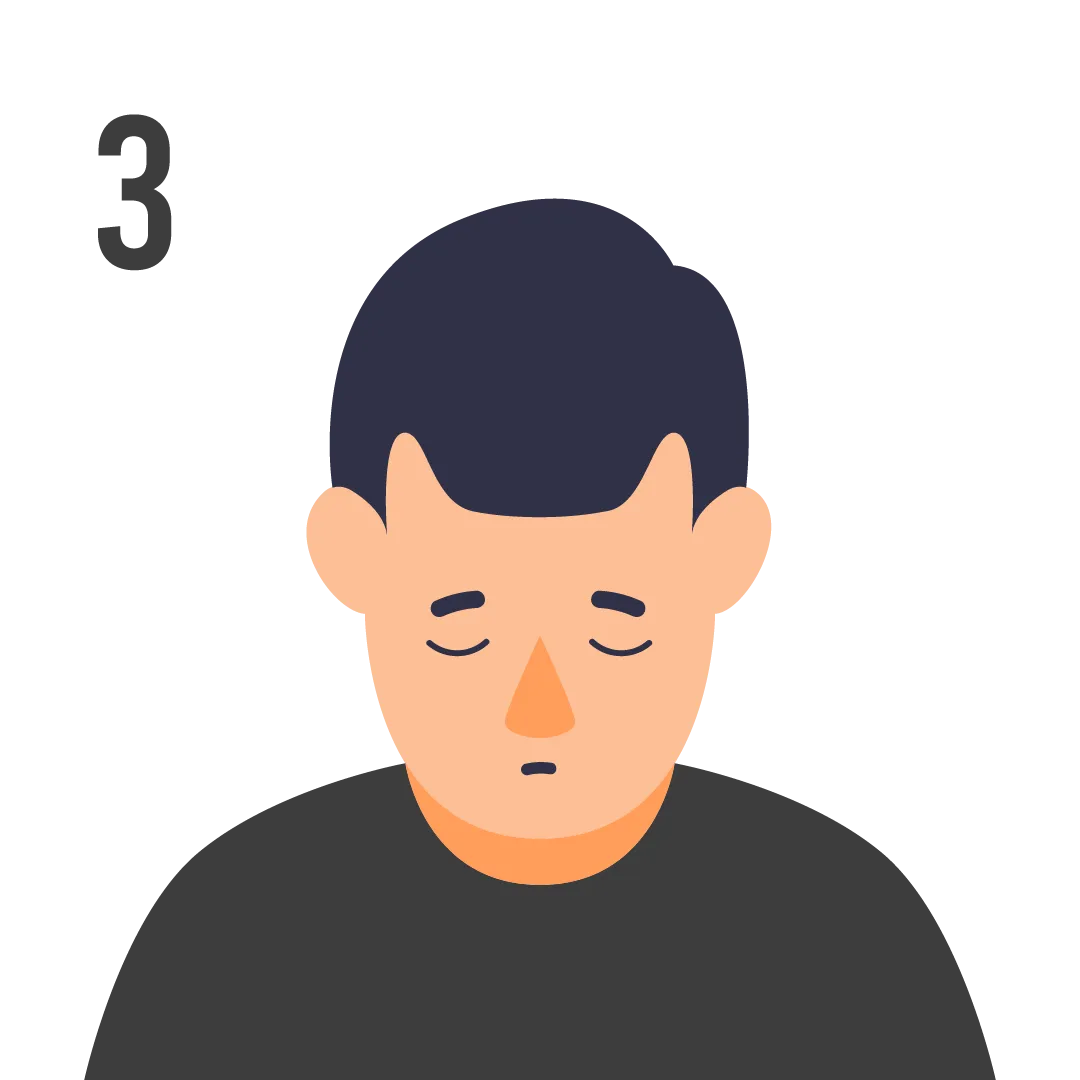
Norwood III Vertex:
Hairline remains, but thinning appears at the crown (vertex). Considered early male pattern baldness.
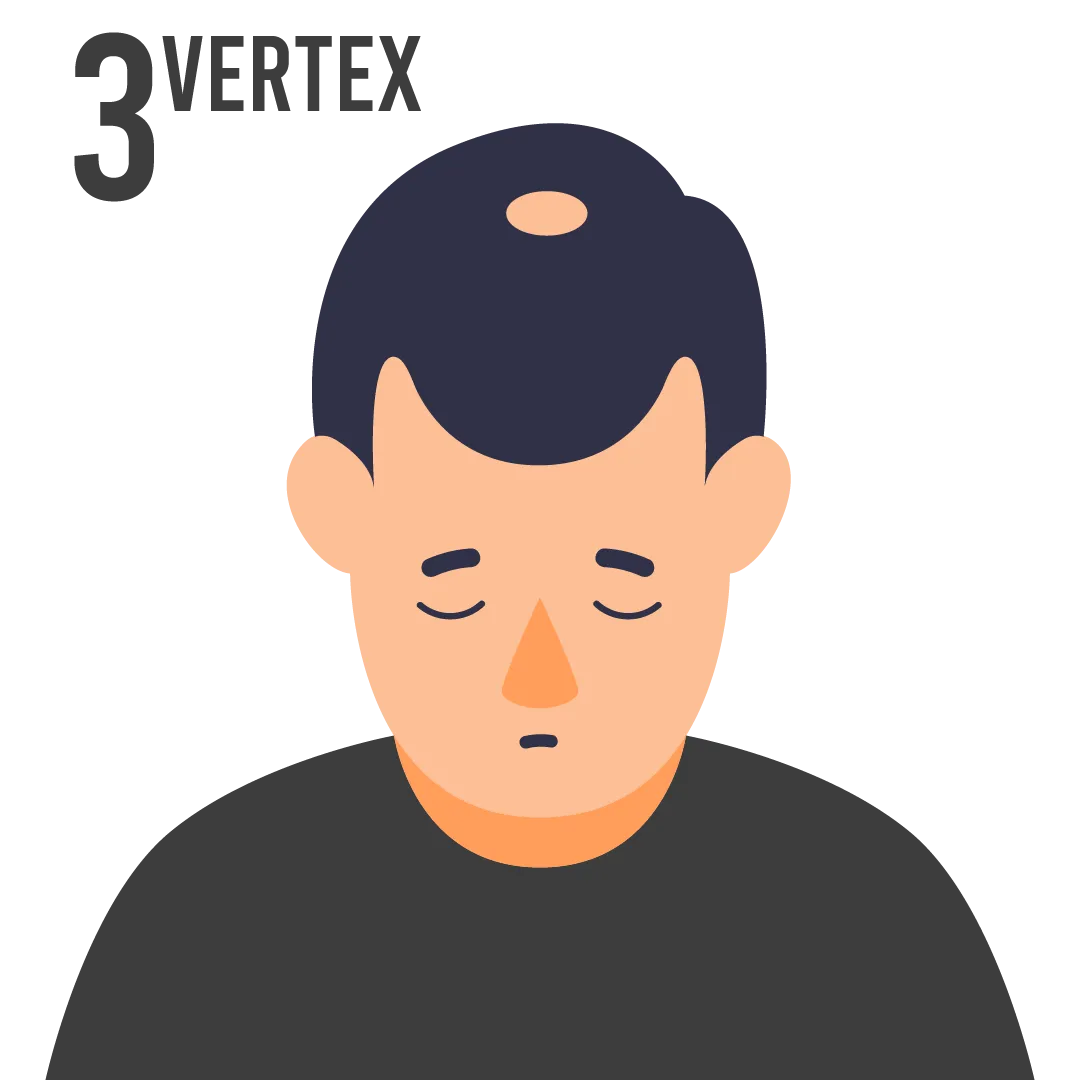
Norwood IV:
The hairline continues to recede, and thinning becomes prominent at the crown. A strip of hair remains between the frontal and vertex areas.
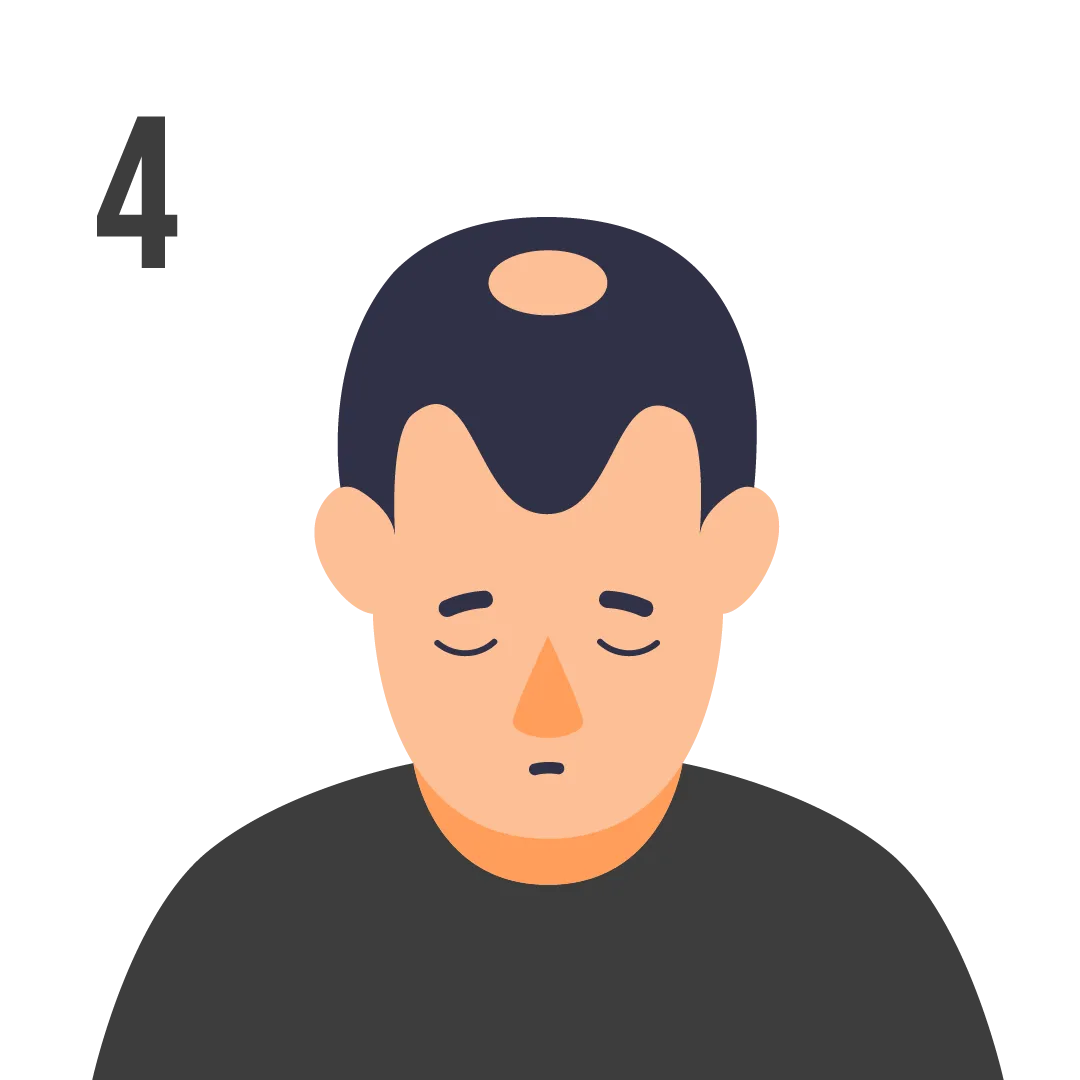
Norwood V:
The remaining strip of hair connecting the frontal region and the crown becomes noticeably thinner and less dense.
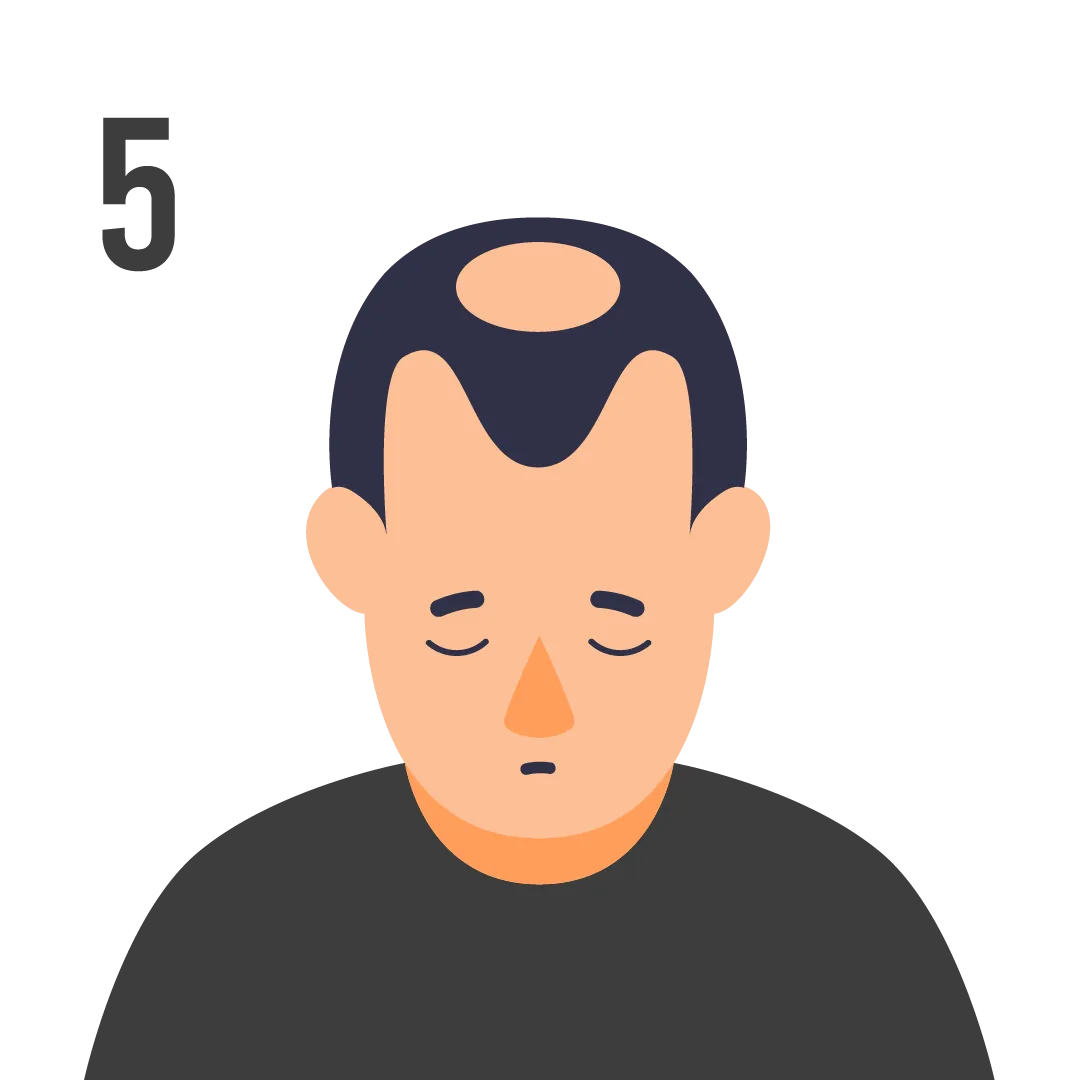
Norwood VI:
The hair loss in the frontal and crown areas joins together, leaving only a small amount of hair separating the two regions.
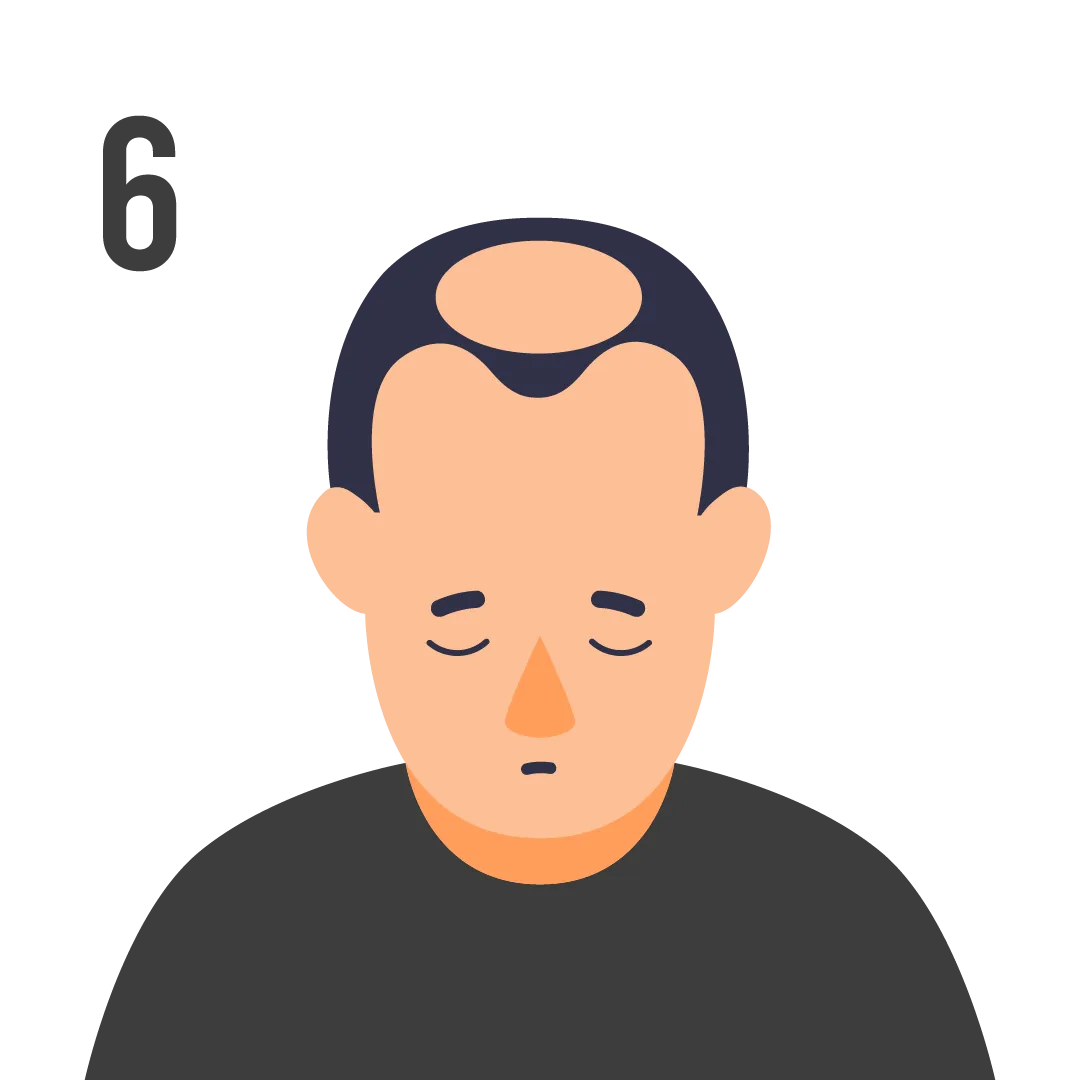
Norwood VII:
This is the most advanced stage of male pattern baldness, where only a thin rim of hair survives on the sides and back of the scalp.
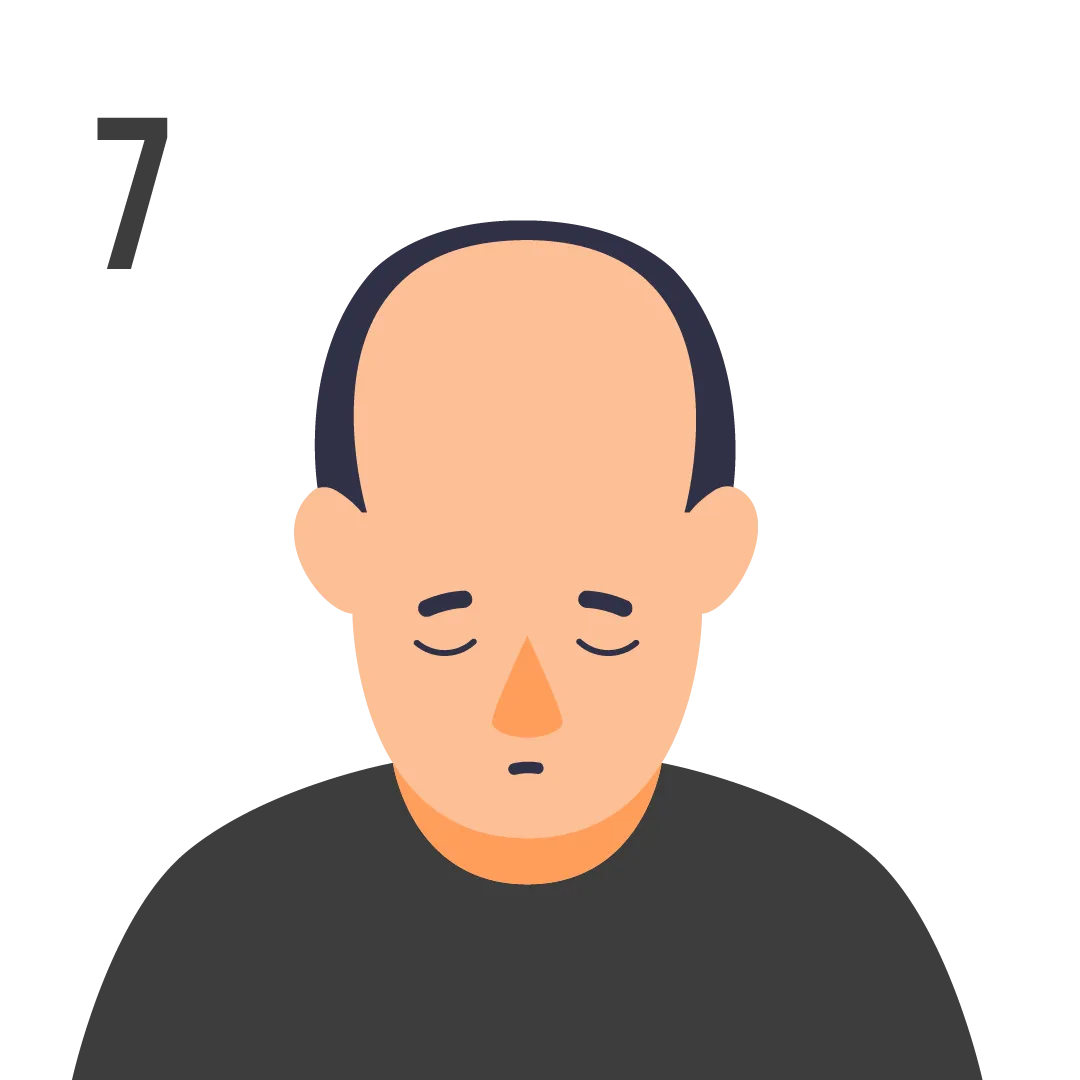
Each stage of the Norwood scale corresponds directly to the progression of male pattern baldness, guiding diagnosis and treatment decisions.
2. Diagnosis of Male Pattern Baldness via the Norwood Scale
Diagnosing male pattern baldness primarily involves a clinical scalp examination referencing the Norwood scale. Physicians assess hairline recession, vertex thinning, and overall hair density. Diagnosis typically follows this process:
- Medical History: A detailed history helps differentiate male pattern baldness from other hair loss types (e.g., alopecia areata, telogen effluvium).
- Clinical Inspection: Compare the patient’s hair loss distribution with the seven stages of the Norwood scale, identifying the current stage (Norwood III–VII indicates active male pattern baldness).
- Photographic Documentation: Standardized photos from multiple angles allow objective assessment and tracking of progression relative to the Norwood scale.
- Optional Trichoscopy: Dermoscopy of the scalp reveals hair shaft miniaturization key in confirming male pattern baldness. Research supports this method as reliable and noninvasive.
- Scalp Biopsy (rare): Reserved for atypical presentations or suspicion of other disorders, but typically unnecessary when Norwood scale and clinical signs are definitive.
By correlating findings with Norwood scale stages, clinicians establish both the diagnosis and the basis for an appropriate treatment plan.
3. Treatment Options for Male Pattern Baldness
Treatment of male pattern baldness varies according to disease stage on the Norwood scale, patient goals, and contraindications:
1. Topical Minoxidil
- FDA‑approved for male pattern baldness.
- Enhances blood flow to hair follicles, slowing Norwood stage progression and promoting regrowth, especially in early stages (Norwood II–IV).
- Side effects: mild scalp irritation, hypertrichosis.
2. Oral Finasteride (1 mg/day)
- Inhibits 5α‑reductase, lowering dihydrotestosterone (DHT) to prevent follicular miniaturization.
- Clinical studies show stabilization or regrowth in ~80% of patients up to Norwood V.
- Rare side effects include decreased libido or erectile dysfunction (<2 %)—the majority of men tolerate it without issue.
3. Low‑Level Laser Therapy (LLLT)
- Non‑invasive lasers applied to the scalp stimulate follicles and support regrowth.
- Effective in Norwood II–IV range; results vary based on adherence.
4. Microneedling + PRP (Platelet‑Rich Plasma)
- Controlled microneedling with autologous growth factors.
- Emerging evidence shows improvement in scalp vascularity and density in mild to moderate male pattern baldness.
5. Hair Transplantation
- Definitive surgical option for Norwood III–VII.
- Follicular Unit Transplantation (FUT) and Follicular Unit Extraction (FUE) relocate donor follicles from the back of the head to bald areas.
- Yields natural, long‑lasting relief from male pattern baldness in suitable candidates.
6. Adjunctive Treatments
- Ketoconazole shampoo, topical caffeine, or herbal supplementation may provide mild benefit, especially in early Norwood stages.
- Evidence remains limited, and these should be considered adjuncts.
4. Causes of Male Pattern Baldness
Male pattern baldness is complex and multifactorial. Key factors include:
- Genetics: A polygenic inheritance pattern influences susceptibility. A range of genes affect androgen metabolism and determine the degree to which hair follicles respond to dihydrotestosterone (DHT).
- DHT Sensitivity: Hair follicles in genetically predisposed men are hypersensitive to dihydrotestosterone, leading to the hallmark miniaturization seen across Norwood scale stages.
- Age: Incidence increases with age. More than half of all men exhibit Norwood stage III or beyond by the time they reach 50 years of age.
- Hormonal Factors: Hormonal factors play a key role, with androgen levels especially the conversion of testosterone to dihydrotestosterone (DHT) by the enzyme 5α-reductase driving the underlying mechanisms.
- Environmental Influences: Smoking, obesity, metabolic syndrome, and poor scalp hygiene may exacerbate progression, potentially accelerating transition through Norwood stages.
- Oxidative Stress & Inflammation: Local oxidative damage and inflammation contribute to follicular miniaturization and progression of male pattern baldness.
Consistent with the Norwood scale, these mechanisms drive clinical patterns frontal recession, vertex thinning, or a combination thereof.
5. Prevention Strategies for Male Pattern Baldness
While male pattern baldness has genetic underpinnings, several strategies may delay onset or slow progression relative to Norwood scale stages:
-Early Intervention
Begin topical minoxidil or oral finasteride during Norwood II–III to preserve hair and delay progression.
-Lifestyle Optimization
Regular exercise, a balanced diet with zinc and biotin, smoking cessation, and stress reduction may improve scalp health.
-Scalp Care
Maintaining hair health involves using mild cleansers, steering clear of aggressive chemical treatments, and reducing exposure to heat styling tools.
-Routine Monitoring
Regular scalp exams and photography every 6–12 months help detect progression across Norwood stages, enabling timely treatment tweaks.
-Supplemental Therapies
Low‑level laser therapy and microneedling may delay advancing through Norwood stages, though evidence is stronger in earlier phases.
Prevention efforts focus on maintaining a stable hairline between Norwood I and III and delaying progression toward Norwood VI–VII.
6. Takeaway: Male Pattern Baldness & the Norwood Scale
- Male pattern baldness is a genetically driven, androgen‑dependent hair loss condition, diagnosed with reference to the Norwood scale.
- The seven stages of the Norwood scale (I–VII) guide assessment, track progression, and shape treatment choice—from topical therapies in early stages to hair transplantation in extensive loss.
- Timely diagnosis and personalized therapy based on clinical identification of Norwood stages—enhance outcomes.
- Treatment options such as minoxidil, finasteride, laser therapy, PRP, and transplantation are effective when initiated at appropriate stages.
- Genetic predisposition, hormonal milieu, aging, lifestyle, and oxidative stress contribute to male pattern baldness; these can be modulated or addressed to delay progression.
- Consistent monitoring, early intervention, and combining medical therapies with scalp care provide the best defense against progression from Norwood I–IV to severe baldness in later Norwood stages.
In summary, understanding the Norwood scale empowers both patients and providers to evaluate and manage male pattern baldness systematically, optimizing timing, treatment modality, and vigilance to maintain scalp hair health and prevent irreversible loss.



